
DVD VIDEO RECORDER
For Customer Use :
Enter below the Model No. and Serial No. which are located on the rear of cabinet. Retain this information for future reference.
Model No.
Serial No.
INSTRUCTIONS
[J]

DVD VIDEO RECORDER
For Customer Use :
Enter below the Model No. and Serial No. which are located on the rear of cabinet. Retain this information for future reference.
Model No.
Serial No.
INSTRUCTIONS
[J]

CAUTION
RISK OF ELECTRIC SHOCK
DO NOT OPEN
CAUTION: TO REDUCE THE RISK
OF ELECTRIC SHOCK
DO NOT REMOVE COVER (OR BACK)
NO
REFER SERVICING TO QUALIFIED SERVICE
PERSONNEL.
This lightning flash with arrowhead symbol within an equilateral triangle is intended to alert the user to the presence of uninsulat- ed dangerous voltage within the product???s enclosure that may be of sufficient magni- tude to constitute a risk of electric shock to persons.
The exclamation point within an equilateral triangle is intended to alert the user to the presence of important operating and main- tenance (servicing) instructions in the litera- ture accompanying the product.
WARNING: TO REDUCE THE RISK OF FIRE OR
ELECTRIC SHOCK, DO NOT EXPOSE THIS
APPARATUS TO RAIN OR MOISTURE AND OBJECTS
FILLED WITH LIQUIDS, SUCH AS VASES, SHOULD
NOT BE PLACED ON THIS APPARATUS.
CAUTION:
Do not block any ventilation openings. Install in accordance with the manufacturer's instructions.
Slots and openings in the cabinet are provided for ventilation and to ensure reliable operation of the product and to protect it from over heating.
The openings should be never be blocked by placing the product on a bed, sofa, rug or other similar sur- face.This product should not be placed in a
CAUTION:
This product employs a Laser System.
To ensure proper use of this product, please read this owner???s manual carefully and retain it for future refer- ence. Should the unit require maintenance, contact an authorized service center.
Performing controls, adjustments, or carrying out pro- cedures other than those specified herein may result in hazardous radiation exposure.
To prevent direct exposure to laser beam, do not try to open the enclosure. Visible laser radiation when open. DO NOT STARE INTO BEAM.
CAUTION: The apparatus should not be exposed to water (dripping or splashing) and no objects filled with liquids, such as vases, should be placed on the apparatus.
CAUTION: VISIBLE AND INVISIBLE CLASS 2M
LASER RADIATION WHEN OPEN. DO NOT VIEW
DIRECTLY WITH OPTICAL INSTRUMENTS.
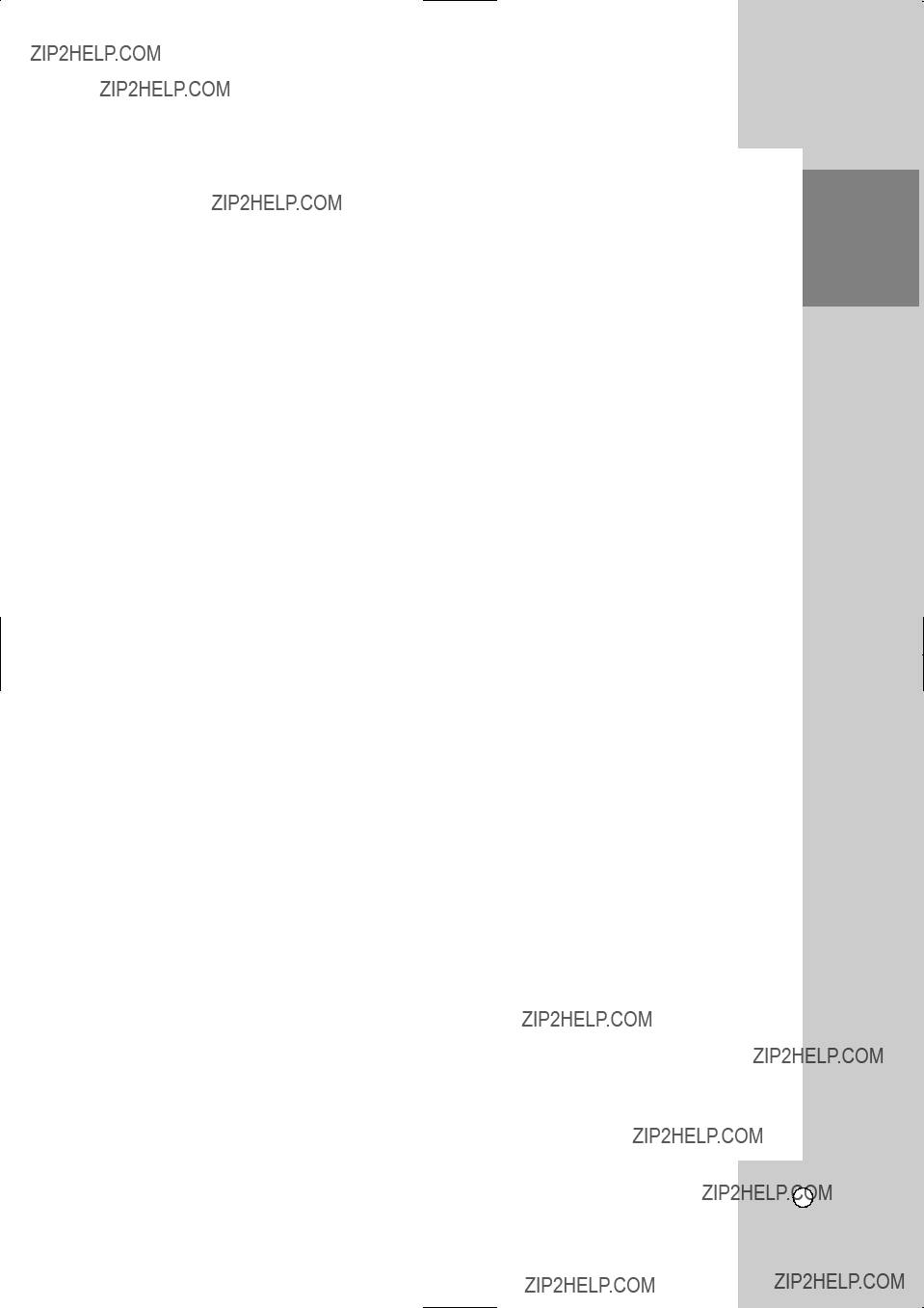
FCC WARNING: This equipment may generate or use radio frequency energy. Changes or modifica- tions to this equipment may cause harmful interfer- ence unless the modifications are expressly approved in the instruction manual. The user could lose the authority to operate this equipment if an unauthorized change or modification is made.
REGULATORY INFORMATION: FCC Part 15
This equipment has been tested and found to com- ply with the limits for a Class B digital device, pur- suant to Part 15 of the FCC Rules. These limits are designed to provide reasonable protection against harmful interference when the product is operated in a residential installation. This product generates, uses, and can radiate radio frequency energy and, if not installed and used in accordance with the instruction manual, may cause harmful interference to radio communications. However, there is no guar- antee that interference will not occur in a particular installation. If this product does cause harmful inter- ference to radio or television reception, which can be determined by turning the product off and on, the user is encouraged to try to correct the interference by one or more of the following measures:
???Reorient or relocate the receiving antenna.
???Increase the separation between the product and receiver.
???Connect the product into an outlet on a circuit different from that to which the receiver is con- nected.
???Consult the dealer or an experienced radio/TV technician for help.
CAUTION concerning the Power Cord
Most appliances recommend they be placed upon a dedicated circuit;
That is, a single outlet circuit which powers only that appliance and has no additional outlets or branch cir- cuits. Check the specification page of this owner's manual to be certain.
Do not overload wall outlets. Overloaded wall outlets, loose or damaged wall outlets, extension cords, frayed power cords, or damaged or cracked wire insulation are dangerous. Any of these conditions could result in electric shock or fire. Periodically examine the cord of your appliance, and if its appear- ance indicates damage or deterioration, unplug it, dis- continue use of the appliance, and have the cord replaced with an exact replacement part by an authorized servicer.
Protect the power cord from physical or mechanical abuse, such as being twisted, kinked, pinched, closed in a door, or walked upon. Pay particular attention to plugs, wall outlets, and the point where the cord exits the appliance.
To disconnect power from the mains, pull out the mains cord plug. When installing the product, ensure that the plug is easily accessible.
INTRODUCTION
REFERENCE

IMPORTANT SAFETY INSTRUCTIONS
1.Read these instructions.
2.Keep these instructions.
3.Heed all warnings.
4.Follow all instructions.
5.Do not use this apparatus near water.
6.Clean only with dry cloth.
7.Do not block any ventilation openings. Install in accordance with the manufacturer's instructions.
8.Do not install near any heat sources such as radiators, heat registers, stoves, or other apparatus (including amplifiers) that produce heat.
9.Do not defeat the safety purpose of the polarized or
10.Protect the power cord from being walked on or pinched particularly at plugs, convenience recepta- cles, and the point where they exit from the apparatus.
11.Only use attachments/accessories specified by the manufacturer.
12.Use only with the cart, stand, tripod, bracket, or table specified by the manufacturer, or sold with the apparatus. When a cart is used, use caution when moving the cart/apparatus combination to avoid injury from
13.Unplug this apparatus during lightning storms or when unused for long periods of time.
14.Refer all servicing to qualified service personnel. Servicing is required when the apparatus has been damaged in any way, such as
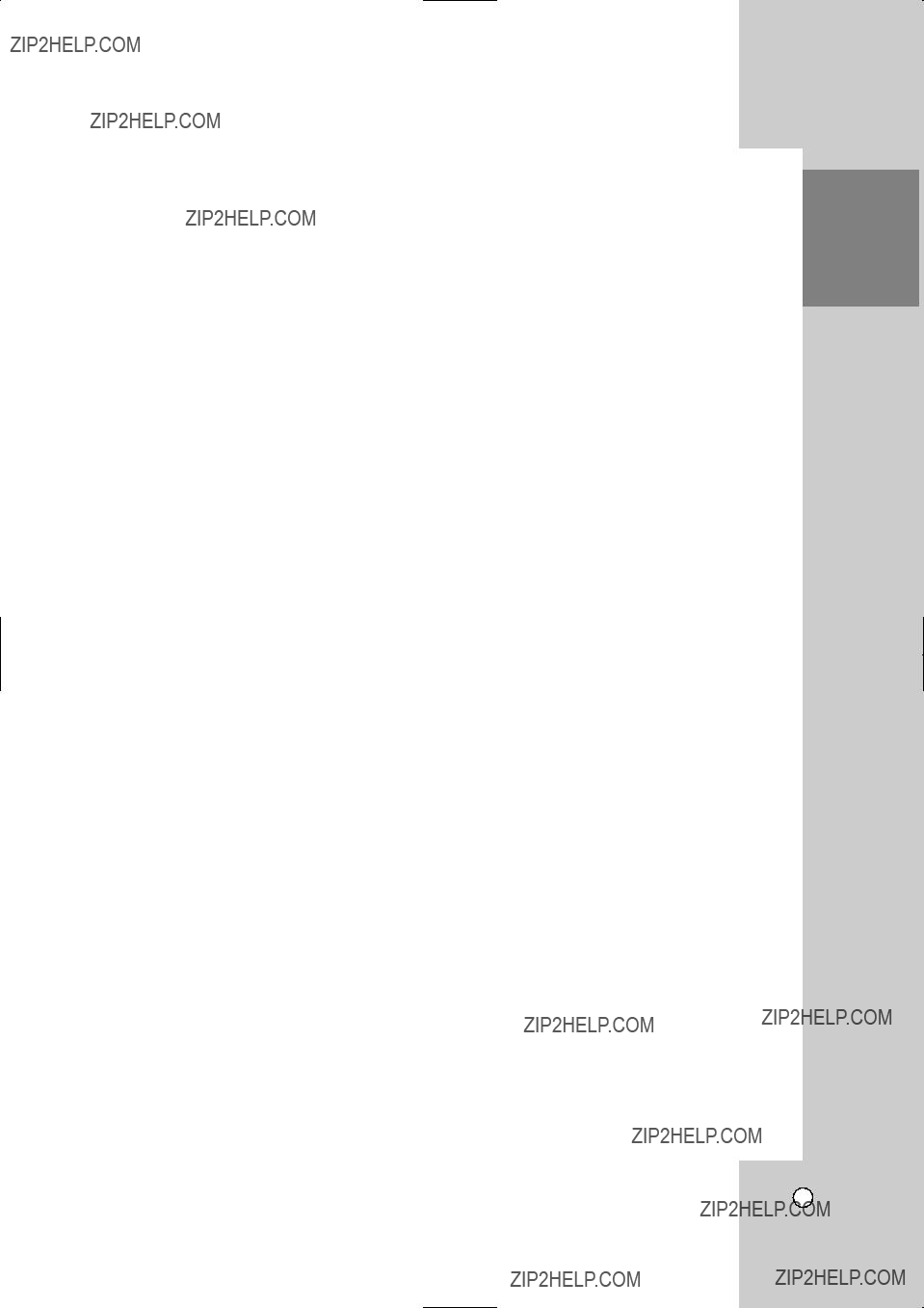
INTRODUCTION
About the  Symbol Display . . . . . . . . . . . . .2 Symbol Used in this Manual . . . . . . . . . . . . . .2 Notes on Discs . . . . . . . . . . . . . . . . . . . . . . . .2 Moisture Condensation . . . . . . . . . . . . . . . . . .2 Recordable and Playable Discs . . . . . . . . . . .3 Recommended recordable DVD discs . . . . . .3 Playable Discs . . . . . . . . . . . . . . . . . . . . . . . . .4 Regional Code . . . . . . . . . . . . . . . . . . . . . . . . .4 Restrictions on video recording . . . . . . . . . . .5 What is ???CPRM???? . . . . . . . . . . . . . . . . . . . . . . .5 Copyright . . . . . . . . . . . . . . . . . . . . . . . . . . . . .5 Notice for Progressive Scan Use . . . . . . . . . .5 Front Panel . . . . . . . . . . . . . . . . . . . . . . . . . . .6 Remote Control . . . . . . . . . . . . . . . . . . . . . . . .7 Remote Control Function to
Symbol Display . . . . . . . . . . . . .2 Symbol Used in this Manual . . . . . . . . . . . . . .2 Notes on Discs . . . . . . . . . . . . . . . . . . . . . . . .2 Moisture Condensation . . . . . . . . . . . . . . . . . .2 Recordable and Playable Discs . . . . . . . . . . .3 Recommended recordable DVD discs . . . . . .3 Playable Discs . . . . . . . . . . . . . . . . . . . . . . . . .4 Regional Code . . . . . . . . . . . . . . . . . . . . . . . . .4 Restrictions on video recording . . . . . . . . . . .5 What is ???CPRM???? . . . . . . . . . . . . . . . . . . . . . . .5 Copyright . . . . . . . . . . . . . . . . . . . . . . . . . . . . .5 Notice for Progressive Scan Use . . . . . . . . . .5 Front Panel . . . . . . . . . . . . . . . . . . . . . . . . . . .6 Remote Control . . . . . . . . . . . . . . . . . . . . . . . .7 Remote Control Function to
Remote Control code
HOOKUP AND SETTINGS
Connecting an Antenna or Cable TV . . . . . .10 Connections to your
Connections to Recorder . . . . . . . . . . . . . . .14 Connecting a Digital Camcorder . . . . . . . . . .14 Initial Setup Wizard . . . . . . . . . . . . . . . . . . . .15 Using the Home Menu . . . . . . . . . . . . . . . . . .16 Initial Settings . . . . . . . . . . . . . . . . . . . . . . . .16 General Settings . . . . . . . . . . . . . . . . . . . . . .17 Language Settings . . . . . . . . . . . . . . . . . . . .18 Audio Settings . . . . . . . . . . . . . . . . . . . . . . . .19 Lock (Parental Control)
Initialize . . . . . . . . . . . . . . . . . . . . . . . . . . .22 Finalize . . . . . . . . . . . . . . . . . . . . . . . . . . . .22
TV VIEWING
Channel Selection . . . . . . . . . . . . . . . . . . . . .23 Channel Selection with Channel List menu .23 General Explanation of
Displaying Information While Watching TV . .24 Displaying Disc Information
Playing a DivX Movie File . . . . . . . . . . . . . . .29 Playing an Audio CD or MP3/WMA files . . . .30 Viewing a JPEG
RECORDING
About DVD recording . . . . . . . . . . . . . . . . . .33 Notes for recording . . . . . . . . . . . . . . . . . . . .33 Recording time and picture quality . . . . . . .33 Basic Recording from a TV . . . . . . . . . . . . . .34 Instant Timer Recording . . . . . . . . . . . . . . . .34 Timer Recording . . . . . . . . . . . . . . . . . . . . . .35 Timer Recording Troubleshooting . . . . . . . .36 Dubbing from DVD to VCR . . . . . . . . . . . . . .37 Dubbing from VCR to DVD . . . . . . . . . . . . . .37 Recording from External Components . . . . .38 Recording from DV Input . . . . . . . . . . . . . . .39
EDITING
Title List and Chapter List Menu Overview .40 VR Mode: Original and Playlist Editing . . . .41 Adding Chapter Markers . . . . . . . . . . . . . . . .41 Changing the Title Thumbnails . . . . . . . . . . .41 Making a New Playlist . . . . . . . . . . . . . . . . . .42 Adding Additional Title/Chapters to the Playlist . . . . . . . . . . . . . . . . . . . . . . . . . . . . . .42 Deleting an Original or Playlist Title/
Chapter . . . . . . . . . . . . . . . . . . . . . . . . . . . . .43 Deleting a Part . . . . . . . . . . . . . . . . . . . . . . . .43 Naming a Title . . . . . . . . . . . . . . . . . . . . . . . .44 Time Search . . . . . . . . . . . . . . . . . . . . . . . . . .44 Moving a Playlist Chapter . . . . . . . . . . . . . . .45 Hide a Chapter/Title . . . . . . . . . . . . . . . . . . . .45 Protect a Title . . . . . . . . . . . . . . . . . . . . . . . .45 Divide One Titles Into Two . . . . . . . . . . . . . .46 Combining Two Chapters Into One . . . . . . . .46 Overwriting Recording . . . . . . . . . . . . . . . . .47 Viewing Title List menu displayed on other DVD Recorders or Players . . . . . . . . . . . . . .47 Playing Your Recordings on Other DVD Players (Finalizing a Disc) . . . . . . . . . . . . . . .47
REFERENCE
Language Code List . . . . . . . . . . . . . . . . . . .48
Area Codes List . . . . . . . . . . . . . . . . . . . . . . .48
Resetting the Recorder . . . . . . . . . . . . . . . .51
Index . . . . . . . . . . . . . . . . . . . . . . . . . . . . . . .54
Warranty . . . . . . . . . . . . . . . . . . . . . . . . . . . .55
INTRODUCTION
1
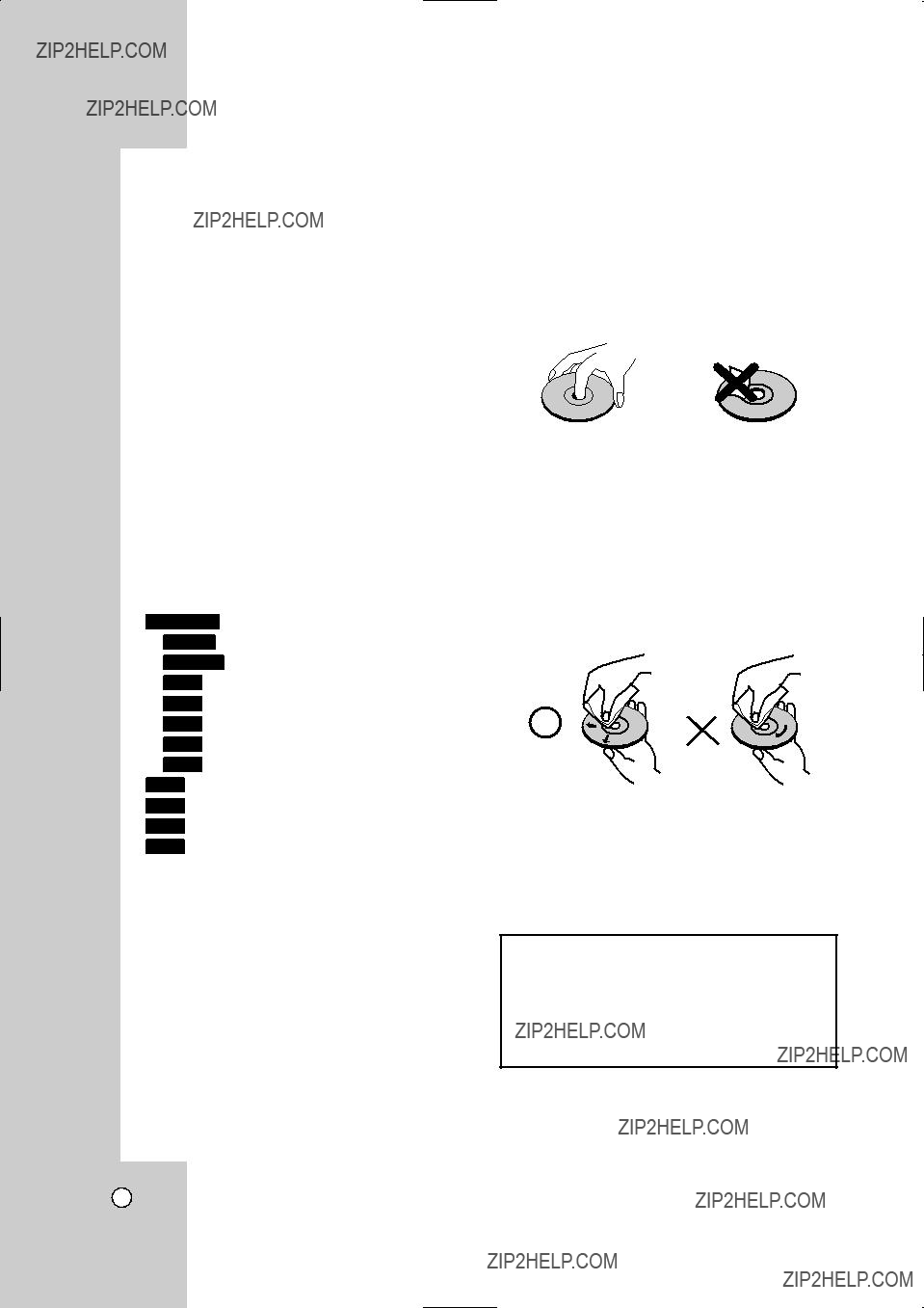
Introduction
To ensure proper use of this product, please read this owner???s manual carefully and retain for future reference.
About the  Symbol Display
Symbol Display
???  ??? may appear on your TV display during operation and indicates that the function is not permitted by this unit or specific media.
??? may appear on your TV display during operation and indicates that the function is not permitted by this unit or specific media.
Symbol Used in this Manual
Note: Indicates special notes and operating fea- tures.
Tip: Indicates tips and hints for making the task easier.
A section whose title has one of the following sym- bols are applicable only to those discs represented by the symbol.
DVD ALL All DVD discs listed below.
+RW DVD+RW disc
DivX DivX files VCD Video CDs ACD Audio CDs MP3 MP3 files WMA WMA files JPEG JPEG files
Notes on Discs
Handling Discs
Do not touch the playback side of the disc. Hold the disc by the edges so that fingerprints do not get on the surface. Never stick paper or tape on the disc.
Storing Discs
After playing, store the disc in its case. Do not expose the disc to direct sunlight or sources of heat and never leave it in a parked car exposed to direct sunlight.
Cleaning Discs
Fingerprints and dust on the disc can cause poor pic- ture quality and sound distortion. Before playing, clean the disc with a clean cloth. Wipe the disc from the center out.
Do not use strong solvents such as alcohol, benzine, thinner, commercially available cleaners, or
Moisture Condensation
Never operate this product immediately after mov- ing it from a cold location to a warm location. Leave it for two or three hours without operating it. If you use this product in such a situation, it may damage discs/tapes and internal parts.
2

Recordable and Playable Discs
These Discs can be recorded on repeatedly. Recordings can be erased, then you can record again on the same Disc.
[VR mode]
Recordings can be extensively edited
Playable only on VR mode compatible players (after finalization)
[Video mode]
Playable on regular DVD players (after finalization)
Limited editing features
These Discs can be recorded only once. After you finalize a
Playable on regular DVD players (after finalization) Limited editing features
These Discs can be recorded on repeatedly. Recordings can be erased, then you can record again on the same Disc.
Playable on
Only
DVD+RW (DVD + ReWritable)
These Discs can be recorded on repeatedly. Recordings can be erased, then you can record again on the same Disc.
Playable on DVD+RW compatible players (automatic finalization)
The edited contents are playable on DVD+RW compatible players only after finalization. Recordings can be edited.
DVD+R (DVD + Recordable)
These Discs can be recorded only once. After you finalize a DVD+R, you cannot record on it or edit it any more.
Playable on DVD+R compatible players (after finalization)
Any edited contents are not compatible on DVD+R compatible players. (Hide, chapter combine, added chapter mark, etc.)
Limited title/chapter editing features.
Recommended recordable DVD discs
INTRODUCTION
3

Playable Discs
DVD (8 cm / 12 cm disc)
Discs such as movies that can be purchased or rented
Video CD (VCD) (8 cm / 12 cm disc)
VIDEO CDs or
Audio CD (8 cm / 12 cm disc)
Music CDs or
Notes:
???Depending on the conditions of the recording equipment or the
???Do not attach any seal or label to either side (the labeled side or the recorded side) of a disc.
???Do not use irregularly shaped CDs (e.g.,
???Depending on the recording software & the finalization, some recorded discs
???
???If you record a disc using a personal computer, even if it is recorded in a compatible format, there are cases in which it may not play because of the settings of the application software used to create the disc. (Check with the software publisher for more detailed information.)
???This recorder requires discs and recordings to meet certain technical standards in order to achieve optimal playback quality.
???Customers should note that permission is required in order to download MP3 / WMA files and music from the Internet. Our company has no right to grant such permission. Permission should always be sought from the copyright owner.
Regional Code
This unit has a regional code printed on the rear of the unit. This unit can play only DVD discs labeled same as the rear of the unit or ???ALL???.
Notes on Regional Codes
???Most DVD discs have a globe with one or more numbers in it clearly visible on the cover. This number must match your unit???s regional code or the disc cannot play.
???If you try to play a DVD with a different regional code from the unit, the message ???Incorrect region code. Can???t play back??? appears on the TV screen.
4
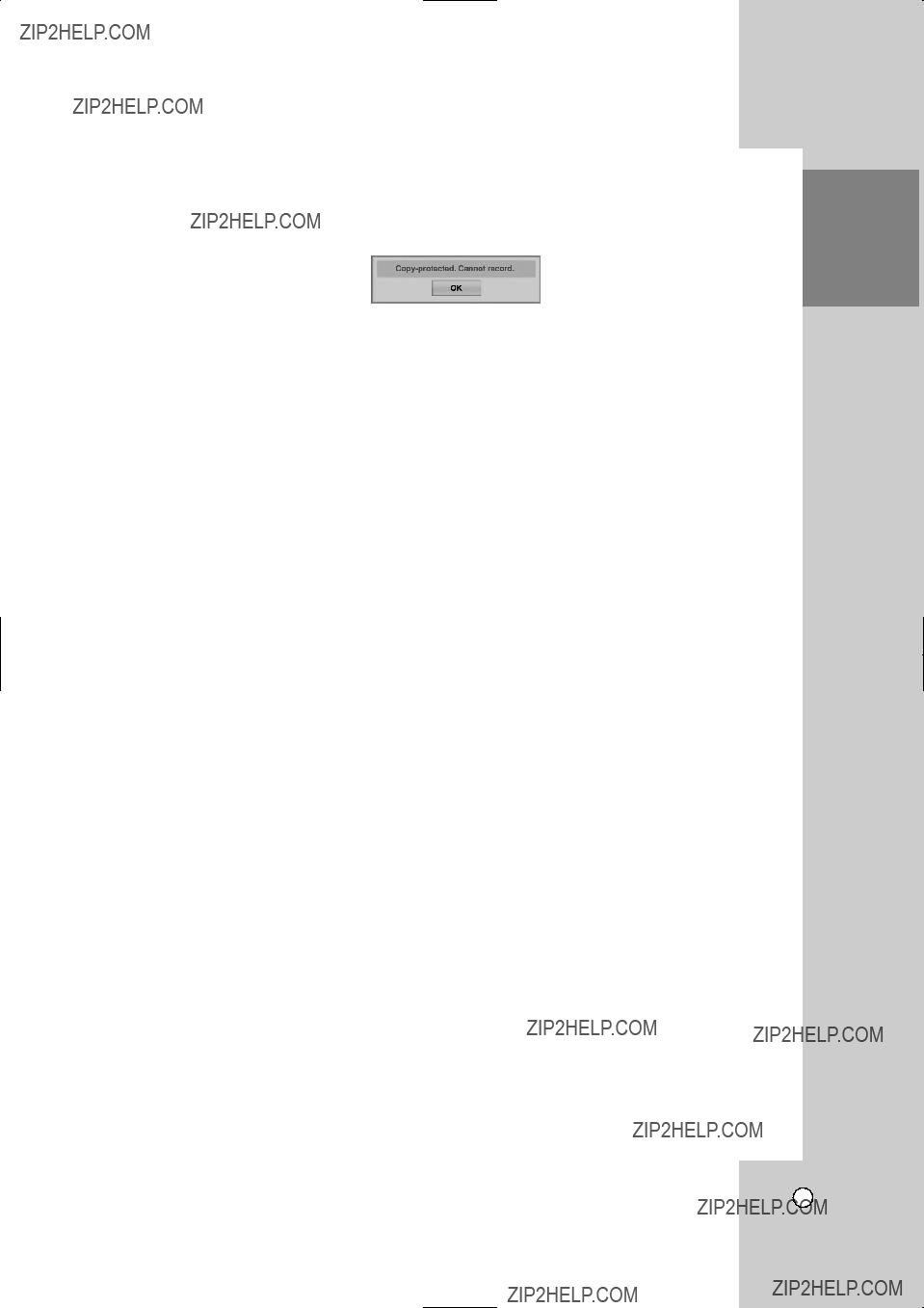
Restrictions on video recording
???You cannot record
???When the program which set a timer REC was Copy Protect, recording is not possible.
???Video that is
???Recommend this CPRM disc to timer recording.
What is ???CPRM????
CPRM is a copy protection system (with scramble system) only allowing the recording of ???copy once??? broadcast programs. CPRM stands for Content Protection for Recordable Media.
This Recorder is CPRM compatible, which means that you can record
Copyright
???Recording equipment should be used only for lawful copying and you are advised to check carefully what is lawful copying in the area in which you are making a copy. Copying of copyright material such as films or music is unlawful unless permitted by a legal exception or consented to by the rights owner.
???This product incorporates copyright protection technology that is protected by method claims of certain U.S. patents and other intellectual property rights owned by Macrovision Corporation and other rights owners. Use of this copyright protection technology must be authorized by Macrovision Corporation, and is intended for home and other limited viewing uses only, unless otherwise authorized by Macrovision corporation. Reverse engineering or disassembly is prohibited.
Notice for Progressive Scan Use
CONSUMERS SHOULD NOTE THAT NOT ALL HIGH DEFINITION TELEVISION SETS ARE FULLY COMPAT-
IBLE WITH THIS PRODUCT AND MAY CAUSE ARTIFACTS TO BE DISPLAYED IN THE PICTURE. IN CASE
OF 525 PROGRESSIVE SCAN PICTURE PROBLEMS, IT IS RECOMMENDED THAT THE USER SWITCH
THE CONNECTION TO THE ???STANDARD DEFINITION??? OUTPUT. IF THERE ARE QUESTIONS REGARDING YOUR TV SET COMPATIBILITY WITH THIS MODEL 525p DVD+VCR RECORDER, PLEASE CONTACT OUR
CUSTOMER SERVICE CENTER.
INTRODUCTION
5

Front Panel
aDisc Tray (DVD deck)
Insert a disc here.
bZ OPEN/CLOSE
Opens or closes the disc tray.
cCassette Compartment (VCR deck)
Insert a video cassette here.
dZ EJECT
Ejects the tape in the VCR deck.
eSTANDBY/ON (1/`)
Switches the Recorder ON and OFF.
fN / X (PLAY / PAUSE)
Starts playback.
Pause playback or recording temporarily, press again to exit pause mode.
gx (STOP)
Stops playback
hz (REC)
Starts recording.
Press repeatedly to set the recording time.
iCH
Scans up or down through memorized channels.
jDUBBING
Press to copy DVD to VCR (or VCR to DVD).
kDisplay window
Shows the current status of the Recorder.
 Lights when a disc is in the DVD deck.
Lights when a disc is in the DVD deck.
DVD The DVD deck is selected.
lRemote Sensor
Point the recorder Remote Control here.
mDVD/VCR
Toggles control between the DVD deck and the VCR deck.
nOUTPUT STATUS
Sets the output resolution for HDMI and COM- PONENT OUTPUT jacks.
-HDMI: 1080p, 1080i, 720p, 480p, 480i
-COMPONENT: 480p, 480i
oDV IN
Connect the DV output of a digital camcorder.
pAV IN 2 (VIDEO /AUDIO (Left/Right))
Connect the audio/video output of an external source (Audio system, TV/ Monitor, VCR, Camcorder, etc.).
6
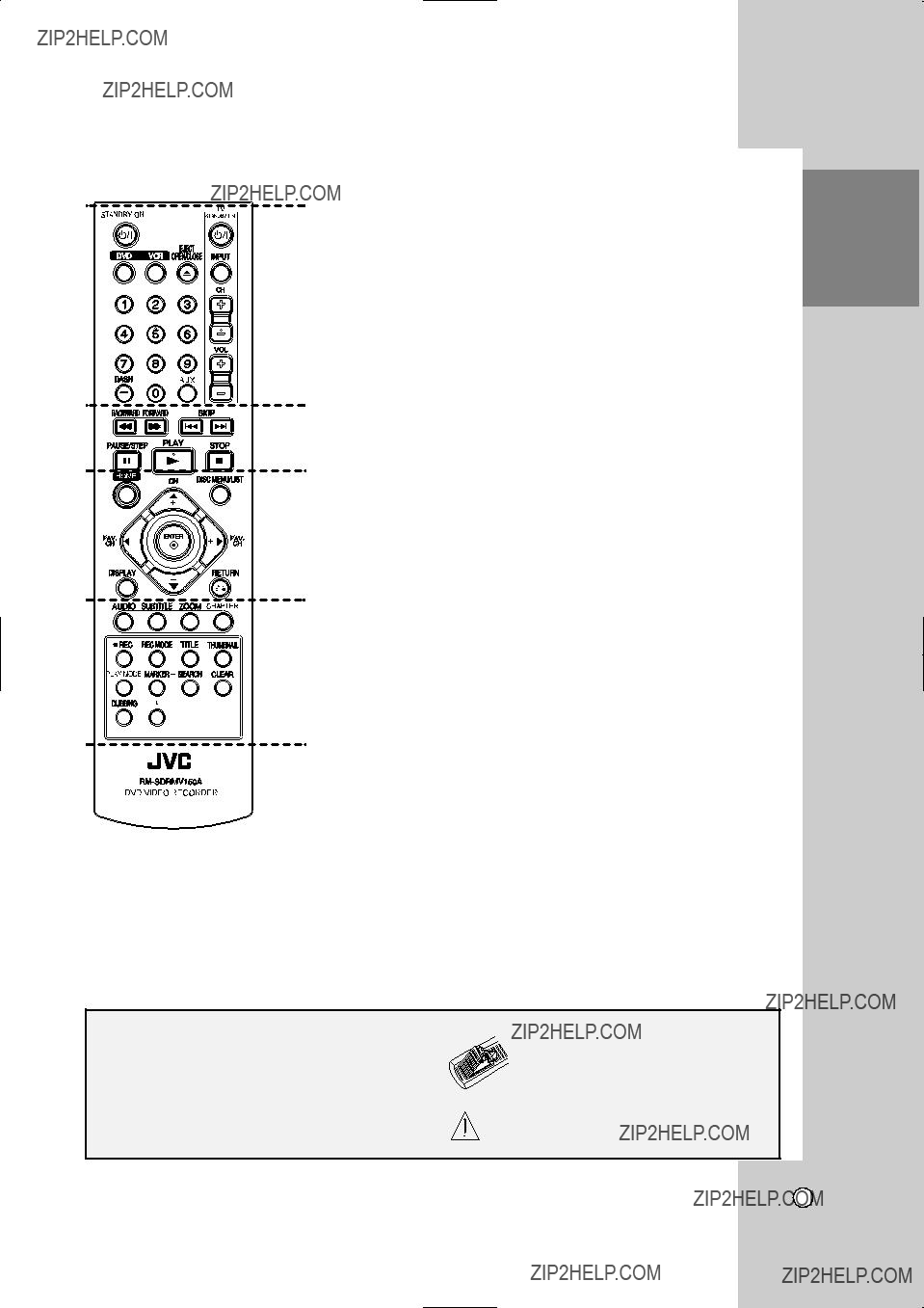
Remote Control
a
b
c
EJECT, OPEN/CLOSE (Z)
-Opens and closes the disc tray.
-Ejects the tape in the VCR deck.
-Selects numbered options in a menu.
-Inputs channel numbers.
DASH
Enters a channel number for multiple channels such as
AUX
Changes the input to use for recording (Tuner, AV1, AV2, or DV IN).
JVC TV Control Buttons
-TV STANDBY/ON: Turns the TV on or off.
-INPUT: Selects the TV???s source.
-CH
-VOL
b
BACKWARD / FORWARD (m/M)
DISC MENU/LIST
Accesses menu on a DVD disc, Title List or Playlist menu.
b B v V (left/right/up/down)
Selects menu options.
ENTER ( )
Confirms menu selections.
DISPLAY
Accesses
RETURN (O)
Removes the menu.
d
AUDIO
Selects an audio language or an audio channel.
SUBTITLE
Selects a subtitle language.
ZOOM
Enlarges DVD video image.
CHAPTER
INTRODUCTION
- DVD: Search backward or forward.
- VCR: Rewinds/Advances the tape during the STOP mode, for fast reverse/forward picture search.
SKIP (. / >)
Go to next chapter or track. Returns to d beginning of current chapter or track or
go to previous chapter or track.
PAUSE/STEP (X)
Pause playback or recording temporarily.
Press repeatedly for
PLAY (N)
Starts playback.
STOP (x)
Stops playback or recording.
Inserts a chapter marker when playing/ recording.
z REC
Starts recording. Press repeatedly to set the recording time.
REC MODE
Selects the recording mode:
-DVD: XP, SP, LP or EP.
-VCR: SP or SLP.
TITLE
Displays the disc???s Title menu, if available.
THUMBNAIL
Selects a thumbnail picture for the cur- rent title for use in the Title List menu.
PLAY MODE
Selects play mode.
MARKER
a
STANDBY/ON (1/`)
Turns Recorder ON and OFF.
DVD
Select the Recorder???s function mode to DVD.
VCR
Select the Recorder???s function mode to VCR.
c
HOME
Accesses or removes the HOME menu.
CH
Selects a channel. Adjusts manually the tape???s picture onscreen.
FAV. CH
Tunes to your favorite channels.
Marks any point during playback.
SEARCH
Displays Marker Search menu.
CLEAR
Removes a mark on the Marker Search menu.
DUBBING
Press to copy DVD to VCR (or VCR to DVD).
*: Feature is not available.
About the Remote Control
Operation Range
Point the Remote Control at the Remote Sensor and press the buttons.
Distance: About 23 ft (7 m) from the front of the Remote Sensor.
Angle: About 30?? in each direction of the front of the Remote Sensor.
Battery installation
Detach the battery cover on the rear of the Remote Control, and insert two (R03/AAA size) batteries with 3 and # aligned correctly.
Do not mix old and new batteries and never mix different types of batteries such as stan- dard, alkaline, etc.
7
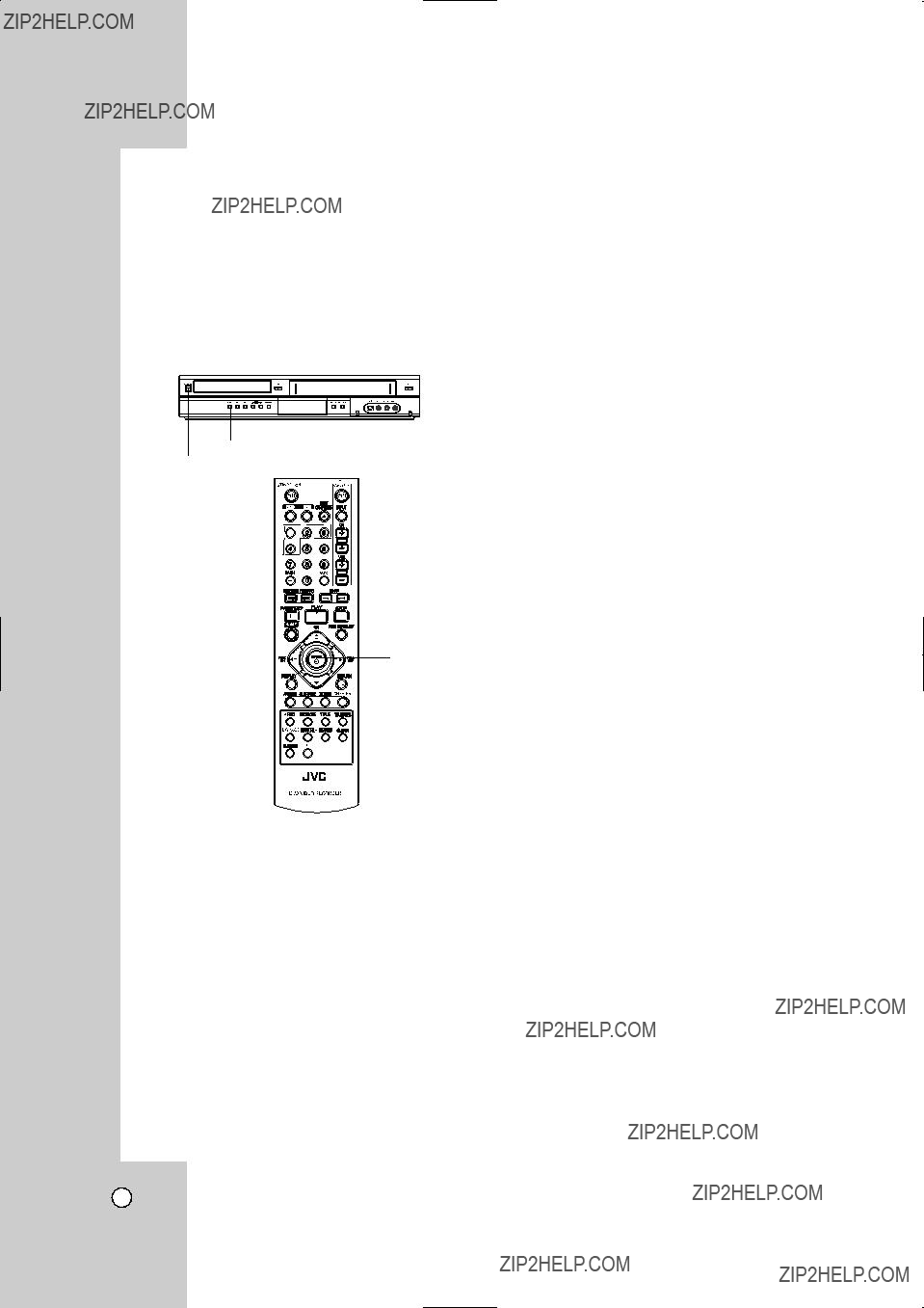
Remote Control Function
Remote Control A/B/C/D Code Switching
The remote control is capable of controlling four JVC video units independently. Each of the units can respond to one of four codes (A, B, C or D). The remote control is preset to send C code sig- nals because your unit is initially set to respond to C code signals. You can easily modify your unit to respond to A, B or D code signals.
Number 


 STOP (x)
STOP (x)
ENTER ( )
1.Press STANDBY/ON (1/&) on the unit to turn off the unit with no video tape inserted.
2.Press the number key ???1??? for A, ???2??? for B, ???3??? for
C or ???4??? for D while pressing ENTER ( ) down on the remote control.
3.Press N/`` on the unit for over 5 seconds while the unit is turned off. The current code appears on the display window.
4.Press STOP (x) on the remote control, the cur- rent code on the display window changes to new code and blinks for approximately 10 sec- onds.
5.The new code setup on unit and remote is done.
Note:
If you change the batteries of the Remote Control with A, B or D code, the remote control code is set to C automatically. In this case, you should reset the remote control code described above.
8

Rear Panel
INTRODUCTION
aANTENNA IN (FROM ANT.)
Connect the antenna to this terminal.
bOPTICAL (DIGITAL AUDIO OUTPUT)
Connect to digital (optical) audio equipment.
cCOMPONENT OUTPUT (Y PB PR)
Connect to a TV with Y PB PR inputs.
dINPUT 1 (VIDEO/AUDIO (Left/Right))
Connect the audio/video output of an external source (Audio system, TV/Monitor, VCR, Camcorder).
eHDMI OUTPUT
HDMI output providing a high quality interface for digital audio and video.
fAC Power Cord
Plug into the power source.
gANTENNA OUT (TO TV)
Connect to a TV with ANTENNA coaxial inputs. This connection does not provide DVD/VHS playback, Tuner Output, or On Screen Menu capability. It only provides Antenna pass through to the TV.
hCOAXIAL (DIGITAL AUDIO OUTPUT)
Connect to digital (coaxial) audio equipment.
i
Connect to a
jAUDIO OUTPUT (Left/Right)
Connect to a TV or other equipment with audio inputs.
kVIDEO/AUDIO OUTPUT (Left/Right)
Connect to a TV with video and audio inputs.
Caution:
Do not touch the inner pins of the jacks on the rear panel. Electrostatic discharge may cause permanent damage to the unit.
9
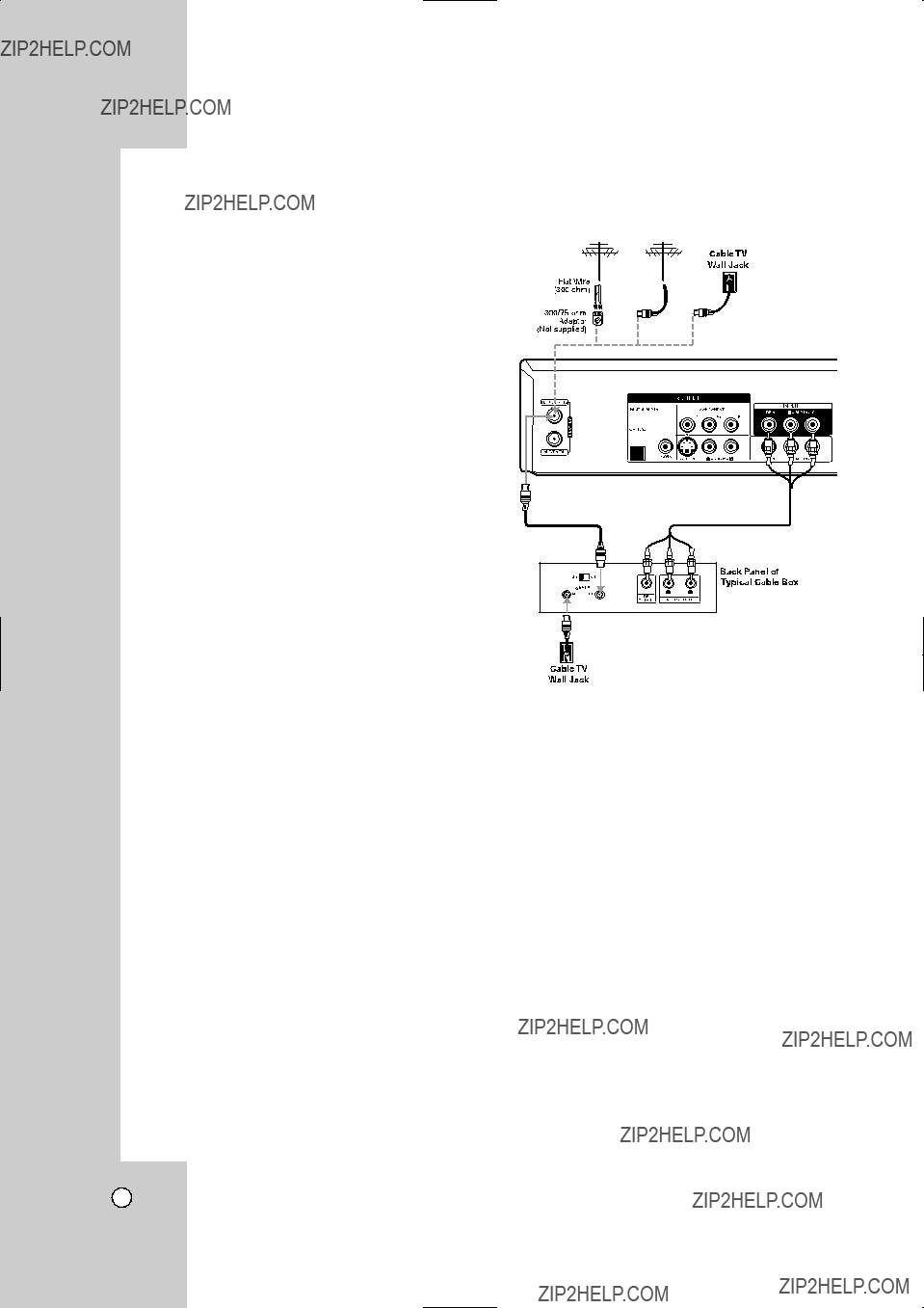
Hookup and Settings
Depending on your TV and other equipment there are various ways you can connect the recorder. Please refer to the manuals of your TV, VCR, Stereo System or other devices as necessary for additional connection informa- tion.
Notes:
???Make sure the Recorder is connected directly to the TV and tune the TV to the correct video input channel.
???Do not connect the Recorder???s AUDIO OUTPUT jack to the phono in jack (record deck) of your audio system.
???Do not connect the Recorder via another VCR. The DVD image could be distorted by the copy protection system.
???The picture and sound of a nearby TV, VCR, or radio may be distorted during playback. Position the units away from each other or turn off the unit after removing the disc.
OROR
Connecting an Antenna
or Cable TV
a Antenna:
Disconnect the antenna from the rear of the TV and identify the antenna cable. If it is a round 75 ohm coaxial cable connect it directly to the jack marked ANTENNA IN on your Recorder. If your antenna cable is flat connect it to a
b Cable TV (RF Connection):
If your cable connection requires a cable box use option #2 from the hookup diagram. Use the cable box to tune the channels and set the JVC tuner to CH3 or CH4 depending on your cable box.
If your cable connection does not require a cable box use option #1 from the hookup diagram. Attach the cable from the wall to the ANTENNA IN jack on this unit and then perform either the Initial Setup Wizard or Auto Channel Set.
c Cable TV (A/V Connection):
Alternatively, option #3 can also be used if you cable box has A/V outputs. Use the cable box to tune the channels and set the JVC to the AV1 input by press- ing the AUX button of the JVC remote control.
To view or record a CATV channel
1.Connect the recorder to the TV by method explained page 11 or 12.
2.Set the recorder channel selector to the cable out- put channel (example CH3) if using hookup option #2 or AV1 input if using hookup option #3.
3.Select a channel using the cable converter.
Notes:
???With hook up options #2 and #3, you cannot record one program while viewing another.
???If you are using a cable box to tune channels, it is not necessary to do Auto Channel Set.
???For DVD/VCR playback, Menu, or tuner viewing connect the recorder to the TV using the A/V or HDMI connec- tions.
10

Connections to your TV
???Make one of the following connections, depending on the capabilities of your TV.
???One of these connections must be made (or HDMI) in order to view DVD/VHS playback, Tuner, or On Screen Menu functions."
RF coaxial connection
Connect the ANTENNA OUT jack on the Recorder to the antenna in jack on the TV using the supplied 75- ohm Coaxial Cable (R). This connection will only include the same signal as the Antenna In jack. DVD/VHS playback or Tuner output is not possible from this connection. Please see Video connection,
Video connection
Connect the VIDEO OUTPUT jack on the Recorder to the video in jack on the TV using the video cable supplied (V).
Note:
If you use this connection, set the TV???s source selector to VIDEO. You must make this connection to view DVD or VCR playback, and to watch channels being recorded from the built in Tuner.
Connect the
Component Video connection
If your television is a
Connect the COMPONENT OUTPUT jacks on the Recorder to the corresponding in jacks on the TV using an optional Y PB PR cable (C).
Notes:
???Set the resolution to 480p using OUTPUT STATUS but- ton on the front panel for progressive signal.
???Progressive Scan does not work with the RF, Video or
???If your TV does not accept the Progressive Scan format, the picture will appear scrambled.
Audio connection
Connect the Left and Right AUDIO OUTPUT jacks on the Recorder to the audio left/right in jacks on the TV using the supplied audio cables (A1 or A2).
Rear of TV
Rear of Recorder
Rear of TV
TV connection with RF Converter (Modulator)
If your TV does not have A/V Input jack but only Antenna Input jack, you must use the RF Converter as below.
Rear of Recorder
RF Modulator (Not Supplied)
Rear of TV
HOOKUP AND SETTINGS
11
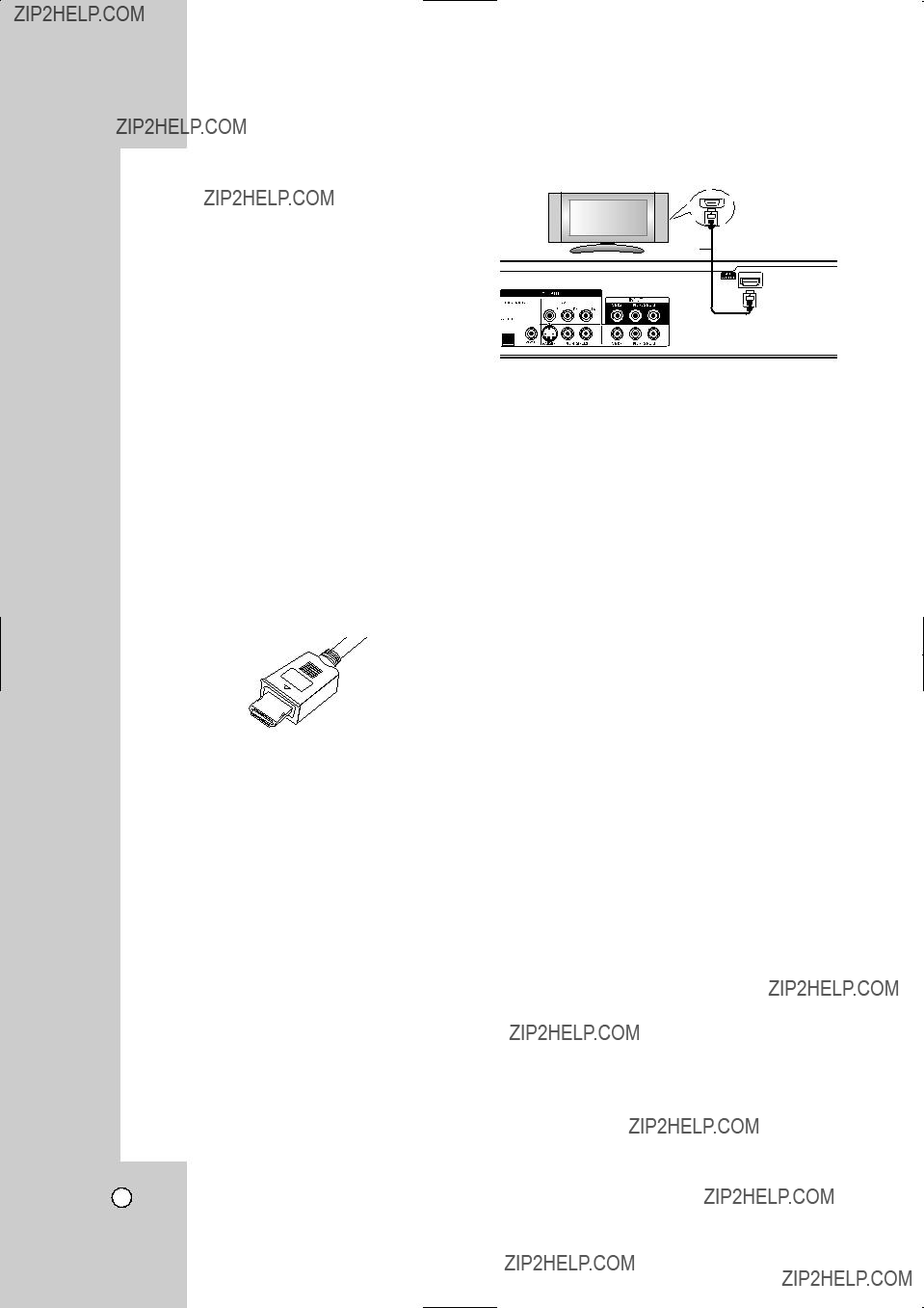
HDMI connection
If you have a HDMI TV or monitor, you can connect it to this recorder using a HDMI cable.
1.Connect the HDMI OUTPUT jack on the recorder to the HDMI INPUT jack on a HDMI compatible TV or monitor (H).
2.Set the TV???s source to HDMI (refer to TV???s Owner???s manual).
Notes:
???This unit will only provide up converted SD resolutions when a HD resolution has been selected for the HDMI output.
???If your TV is NOT capable of handling 96 kHz sampling frequency, set the [Sampling Freq.] option to [48 kHz] on the setup menu (See page 19). When this choice is made, this unit will automatically convert any 96 kHz signals to 48 kHz so your system can decode them.
???If your TV is not equipped with Dolby Digital and MPEG decoder, set the [Dolby Digital] and [MPEG] options to [PCM] on the setup menu (See page 19).
???If your TV is not equipped with DTS decoder, set the [DTS] options to [OFF] on the setup menu (See page 19). To enjoy DTS multi channel surround, you must connect this recorder to a DTS compatible receiver via one of this recorder???s digital audio outputs.
???The arrow on the cable connector body should face up for correct alignment with the connector on the recorder.
(Type A)
???If there is noise or lines on the screen, please check the HDMI cable.
???Not all
Tip:
When you use HDMI connection, you can change the res- olution (480i, 480p, 720p, 1080i or 1080p) for the HDMI output using OUTPUT STATUS button on the front panel.
Caution:
???Changing the resolution when the recorder is connect- ed with HDMI connector may result in malfunctions. To solve the problem, turn off the recorder and then turn it on again.
???If your TV does not accept your resolution setting, abnormal picture appears on the screen.
Please read TV???s owner???s manual then set the resolu- tion that your TV can accept.
About HDMI
HDMI (High Definition Multimedia Interface) supports both video and audio on a single digital connection for use with DVD Players,
HDMI was developed to provide the technologies of HDCP (High Definition Contents Protection). HDCP is used to pro- tect digital content transmitted and received.
HDMI compatible TV
HDMI
H
HDMI has the capability to support standard, enhanced, or
HDMI, the HDMI logo and
Additional Information for HDMI
???When you connect a HDMI or DVI compatible device make sure of the followings:
-Try switching off the HDMI/DVI device and this recorder. Next, switch on the HDMI/DVI device and leave it for around 30 seconds, then switch on this recorder.
-The connected device???s video input is set correctly for this unit.
-The connected device is compatible with 720(1440)x480i, 720x480p, 1280x720p, 1920x1080i or 1920x1080p video input.
???Not all
-It???s impossible copy
???For best performance, directly connect the HDMI output to an HDMI input on your TV. If connecting to some device other than a TV or monitor, such as a home theater receiver with an HDMI input, check the following to make sure the HDMI signal will be received correctly:
-Check the operating instructions of the con- nected device to make sure that the HDMI input of the device complies with
-Check that the HDMI setup menu of any non- display device is set to
12
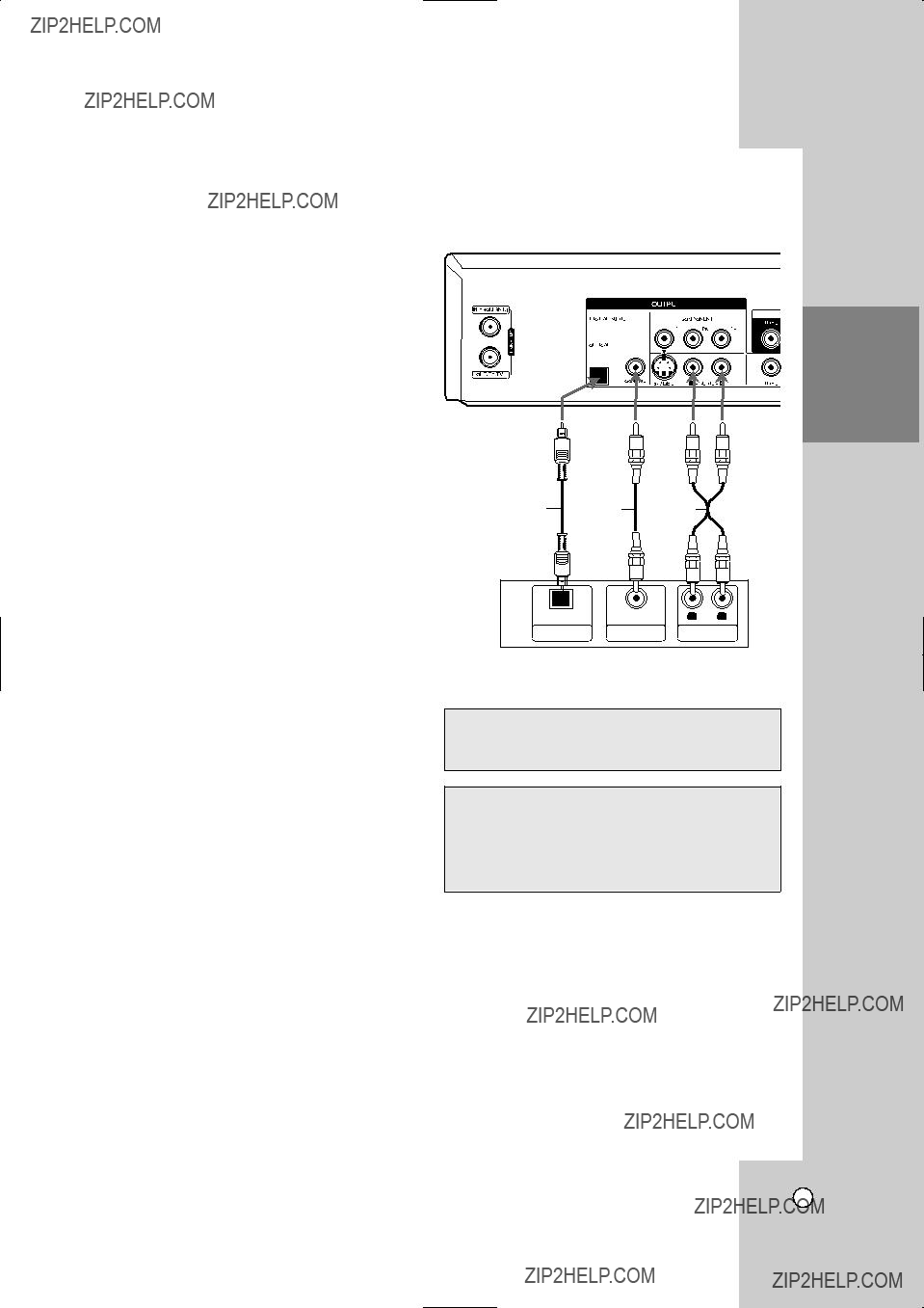
Connection to an Amplifier
Connecting to an amplifier equipped with two channel analog stereo or Dolby Pro Logic II/Pro Logic
Connect the Left and Right AUDIO OUTPUT jacks on the Recorder to the audio left and right in jacks on your amplifier, receiver, or stereo system using the audio cables (A) supplied.
Connecting to an amplifier equipped with two chan- nel digital stereo (PCM) or to an Audio/Video receiv- er equipped with a
1.Connect one of the Recorder???s DIGITAL AUDIO OUTPUT jacks (OPTICAL O, COAXIAL X) to the corresponding in jack on your amplifier. Use an optional digital (optical O, coaxial X) audio cable.
2.You will need to activate the Recorder ???s digital output. (See [Audio Settings] on page 19).
Digital
A digital
Caution:
Due to the DTS Licensing agreement, the digital output will be in DTS digital out when DTS audio stream is selected.
Notes:
???If the audio format of the digital output does not match the capabilities of your receiver, the receiver will produce a strong, distorted sound or no sound at all.
???Six Channel Digital Surround Sound via digital connec- tion can only be obtained if your receiver is equipped with a Digital
???To see the audio format of the current DVD in the on- screen display, press AUDIO.
???This Recorder does not perform internal (2 channel) decoding of a DTS sound track. To enjoy DTS multi channel surround, you must connect this Recorder to a DTS compatible receiver via one of this Recorder???s digi- tal audio outputs.
???While viewing a digital channel, the 2 channel stereo audio is only output through the audio output jacks.
???HDMI, Optical, and Digital Coax audio outputs are con- trolled simultaneously by the Audio Menu. Please ensure that the Audio Menu settings are compatible with the Digital Audio capabilities of your TV or A/V receiver.
Rear of Recorder
Amplifier (Receiver)
Manufactured under license from Dolby Laboratories. Dolby and the
Manufactured under license under U.S. Patent #: 5,451,942 & other U.S. and worldwide patents issued & pending. DTS and DTS Digital Out are registered trademarks and the DTS logos and Symbol are trademarks of DTS, Inc.
??
HOOKUP AND SETTINGS
13
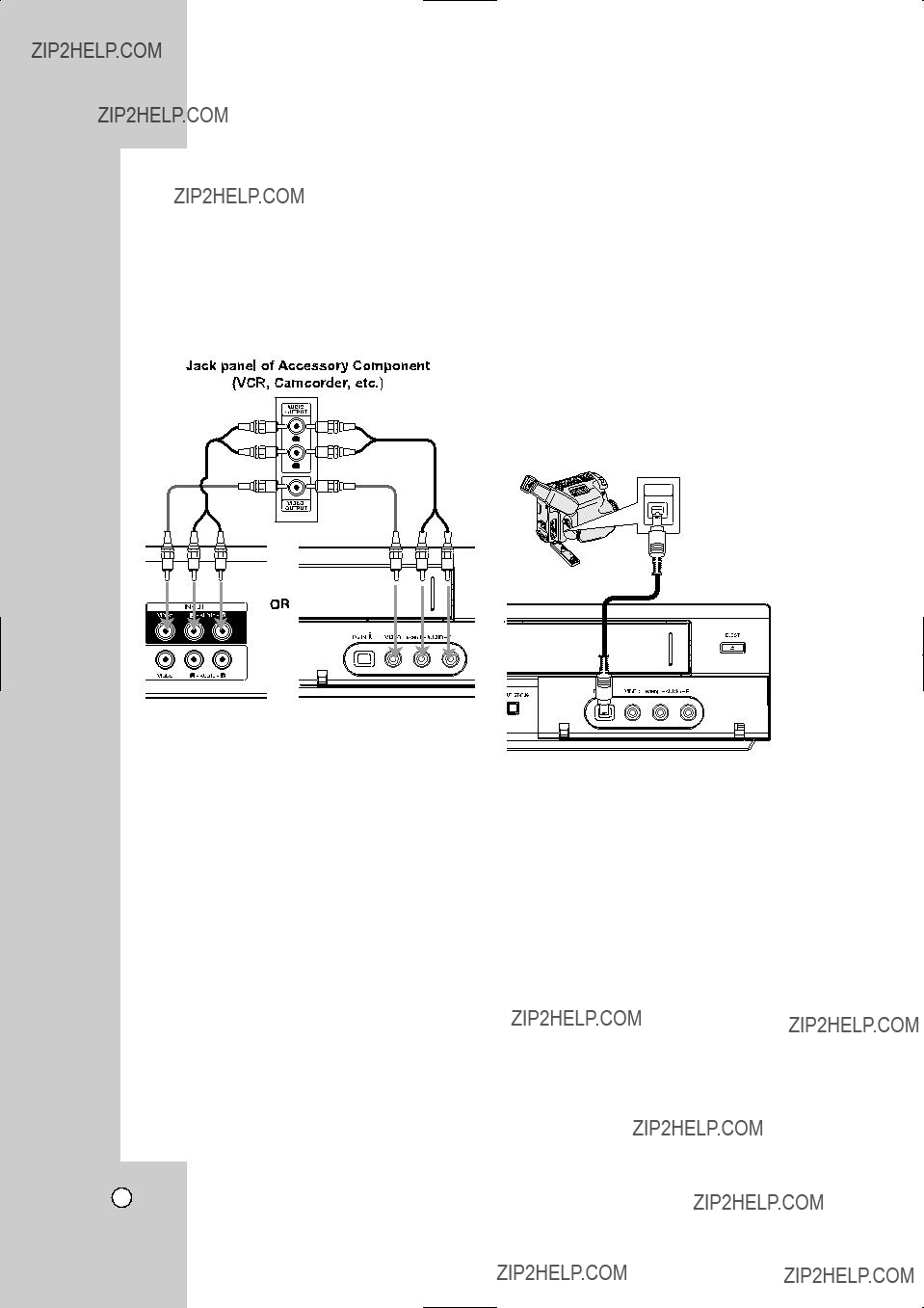
Accessory Audio/Video (A/V) Connections to Recorder
Connect the INPUT 1 or AV IN 2 jacks on the Recorder to the audio/video out jacks on your acces- sory component, using the optional audio/video cables. (Refer to page 38 for [Recording from External Components].)
Connecting a Digital
Camcorder
Use a DV cable (not supplied) to connect the DV in/out jack of your DV Digital Camcorder to the front panel DV IN jack of this Recorder.
Notes:
This jack is for connection to DV equipment only. It is not compatible with digital satellite tuners or D- VHS video decks PC or MAC computers.
Disconnecting the DV cable while recording a con- tents of the connected digital camcorder may result in malfunction.
DV Digital Camcorder
DV
IN/OUT
Front of Recorder
14
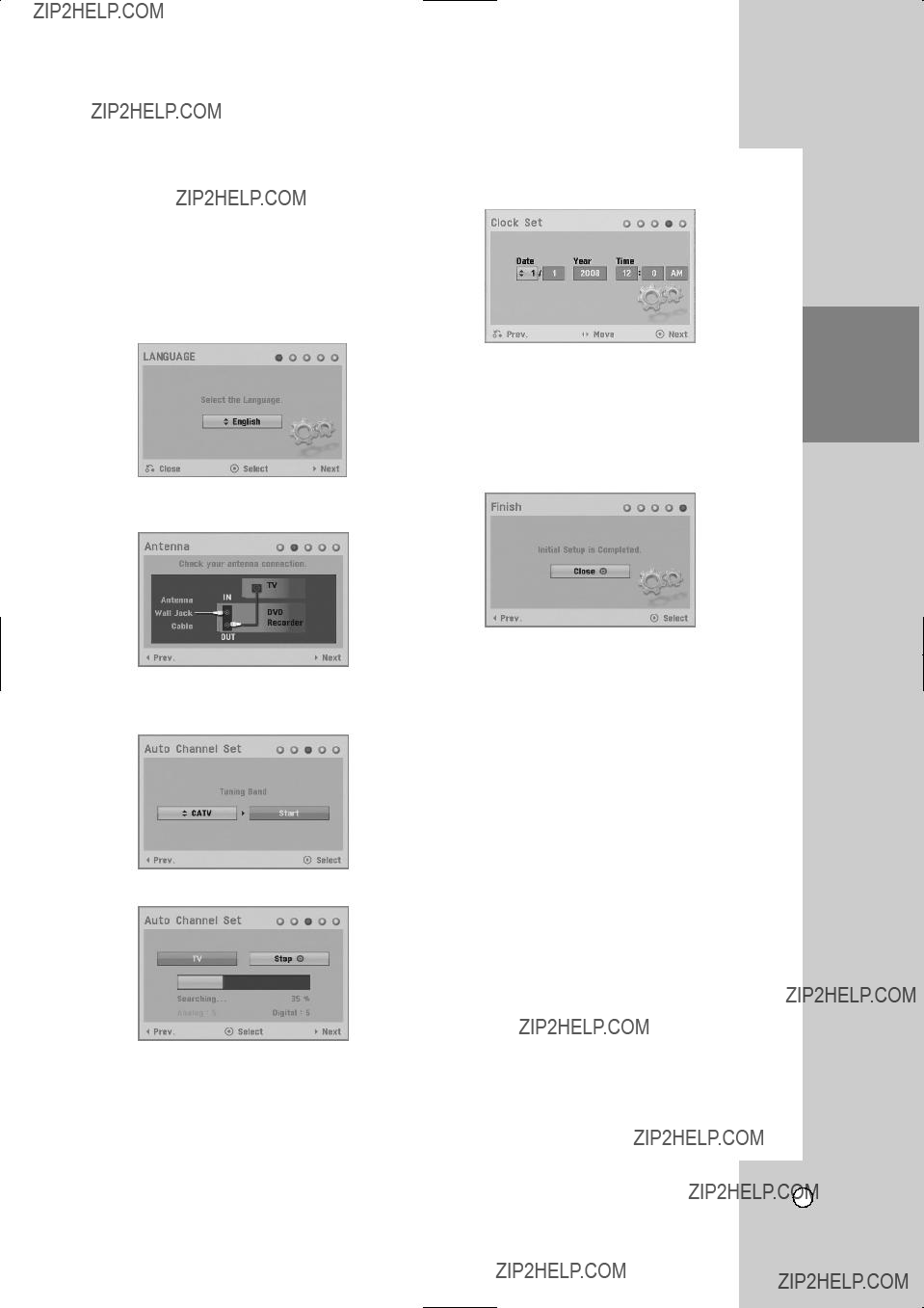
Initial Setup Wizard
After the STANDBY/ON is pressed for the first time to turn on the unit or after factory setting (See page 18), the Initial Setup Wizard function sets the Language, Channels and Clock
1.Use v / V to select a language for the Setup menu and information display then press ENTER.
2.Check your antenna connections. Press B to move next step.
3.Select the [Tuning Band] option then press B . TV is for
4. Press ENTER to begin the channel search.
You can skip the analog channel scanning by pressing B.
5.Enter the necessary information for year, date and time.
b / B (left/right): Moves the cursor to the previous or next column.
v / V (up/down): Changes the setting at the current cursor position.
Press ENTER to confirm your setting.
6. Press ENTER to exit the menu.
Note:
You can reset the Initial Setup Wizard from the [Factory Set] in the setup menu. (see page 18).
HOOKUP AND SETTINGS
15

Using the Home Menu
From the Home Menu screen you can access all the Media for playback and recording of the recorder.
1.Press HOME and the Home menu appears.
2.Use b / B to select the desired main option.
3.Use v / V to select the desired Sub option then press ENTER to confirm your selection.
4.To exit the HOME menu, press HOME.
Setup
???Start: Displays Setup menu.
TV
???Auto Ch. Scan: Displays [Auto Channel Set] menu. (See page 17)
???Channel Edit: Displays Channel Edit setup menu. (See page 17)
???Channel List: Displays the Channel List menu. (See page 23)
???Timer Record: Displays [Timer Record] menu. (See page 35)
Movie
???VCR: Plays back VHS cassette.
???DISC:
-Displays TITLE LIST menu for recordable disc (page 40)
-Plays back
Photo (See page
???DISC: Displays [Photo List] menu for disc.
Music (See page 30)
???DISC: Displays [Music List] menu for disc.
Easy Menu
???Dubbing: Displays [Dubbing] menu. (See page 37)
???Disc Manager: Displays Disc setup menu. (See page 22)
???Rec. Mode: Displays Record Mode setup menu. (See page 21)
???DV Input: Displays DV Input mode. (See page 39)
Initial Settings
In this menu system, there are several ways to cus- tomize the settings provided. Most menus consist of three levels to set up the options, but some require greater depth for the variety of settings.
1.Press HOME and the Home menu appears.
2.Select [Setup] > [Start] and press ENTER.
3.Use v / V to select the desired option.
4.While the desired item is selected, press B to move to the second level.
5.Use v / V to select the second desired option.
6.Press B to move to the third level.
7.Use v / V to select the desired setting then press ENTER to confirm your selection.
Some items require additional steps.
8.Press RETURN (O) or HOME to exit the Setup menu.
Note:
Press b to go back to the previous level.
16

General Settings
To access to the General Setting.
1.Press HOME and the Home menu appears.
2.Select [Setup] > [Start] and press ENTER.
3.Use v / V to select  (General) option and press B.
(General) option and press B.
Auto Channel Set
This recorder is equipped with a frequency synthesized tuner capable of receiving the analog and digital channels.
1.Select the [Auto Channel Set] option then press B.
2.Use v / V to select the tuning band (TV or CATV) option.
TV is for
3.Press B to highlight [Start] icon.
4.Press ENTER to begin the channel search. You can skip the analog channel scanning by pressing B while scanning analog channel. The tuner will automatically cycle through all available channels in the area and place them in the tuner???s memory.
Notes:
???If you want to change the [Band] option, you must exe- cute the auto channel search after changing the [Band] option.
???This Recorder supports only unencrypted channels for cable subscribers.
Channel Edit
You can edit a channel manually (add, delete, etc.).
1.Select the [Channel Edit] option then press B .
2.Press ENTER while the [Edit] icon is highlighted. The Channel List menu appears.
3.Use b / B / v / V to select a channel number then press ENTER.
4.Use v / V to select an option then press ENTER. [Add] Adds a unmemorized channel manually.
[Delete] Deletes a memorized channel from channel list. A digital channel has multiple channels, so if you delete the digital channel, all multiple channels will be deleted.
[Skip On/Off] (for memorized digital channel only) Set the channel to the skipped channel.
The skipped channel number will dim. The channel cannot be selected using the CH
[Favorite On/Off] Set the memorized channel to favorite channel. (favorite channel shows
FAV icon.)
[MFT Adjust] (for memorized analog channel only) To obtain a clearer picture, tune the MFT option.
5.Press RETURN (O) repeatedly to exit Channel List menu.
Clock Set
You can set the clock.
1.Select the [Clock Set] option then B.
2.Enter the necessary information for year, date and time.
b / B (left/right): Moves the cursor to the previous or next column.
v / V (up/down): Changes the setting at the current cursor position.
3.Press ENTER to confirm your setting.
TV Aspect
[4:3 Letter Box]: Select when a standard 4:3 TV is connected. Displays theatrical images with masking bars above and below the picture.
[4:3 Pan Scan]: Select when a standard 4:3 TV is connected. Displays pictures cropped to fill your TV screen. Both sides of the picture are cut off.
[16:9 Wide]: Select when a 16:9 wide TV is con- nected.
Power Save Mode
Set Power Save Mode to [ON] to place your Recorder into an economic power save mode. Nothing is displayed in the display window when the unit is turned off.
HOOKUP AND SETTINGS
17

Factory Set
You can reset the Recorder to its original factory settings.
1.Select the [Factory Set] option.
2.Press B to select [SET] then press ENTER.
3.Select [OK] and press ENTER.
4.Follow the Initial Setup Wizard on page 15.
Language Settings
To access to the General Setting.
1.Press HOME and the Home menu appears.
2.Select [Setup] > [Start] and press ENTER.
3.Use v / V to select  (Language) option and press B.
(Language) option and press B.
Note:
You can set [DTV Caption], [DTV Caption Style], [DTV Caption Option] and [DTV Audio] options only while viewing digital TV.
Display Menu
Select a language for the Setup menu and information display.
Disc Menu / Audio / Subtitle
[Original]: Refers to the original language in which the disc was recorded.
[Others]: To select another language, press num- ber buttons then ENTER to enter the corresponding
[OFF] (for Disc Subtitle): Turn off Subtitle.
Note:
???The appearance of Audio and Subtitle not only depended on the setting of Home Menu when play a DVD disc; it depends on what languages of audio and subtitle were
???For some of DVD movies, the audio cannot be changed by set the Home Menu, but you have to access the DVD disc menu with ???Disc menu/list??? button (on remote control) to change the language of audio.
DTV Caption
Digital channels sometimes provide caption, often in a different language. You can set a default caption lan- guage with this setting. If you select [Off], DTV Caption is not displayed. This unit cannot record the DTV caption in DVD mode.
Note:
DTV caption will appear only if provided by the broadcaster.
Tips:
If available, you can also select a caption language while viewing digital TV viewing, press SUBTITLE repeatedly.
If captions are available, the DTV caption icon (



 ) appears on the channel information display to indi- cate that you can select one of those captions with the SUBTITLE button.
) appears on the channel information display to indi- cate that you can select one of those captions with the SUBTITLE button.
Analog Caption is not displayed on this Recorder. If your TV has the Analog Caption function, you can switch the Analog Caption using the TV. If analog and digital caption is overlapped on the TV screen, switch off one of two captions.
DTV Caption Style
Selects the style for caption.
[Set by program] Default caption type provided by a broadcaster is shown when captions appear.
[Custom] Customized text is shown when captions appear. Use [DTV Caption Option] to customize the caption type.
DTV Caption Option
You can set [DTV Caption Option] only when [DTV Caption Style] is selected in [Custom].
Font: Selects the font type for captions.
Size: Selects the font size for captions.
Color: Selects the font color for captions.
Opacity: Selects the font opacity for captions.
-Solid: The text is solid (without any transparency).
-Flash: The text blinks once a second.
-Transparent: The text is transparent (In this case, whatever the color is, the color does not affect the captions display).
-Translucent: The text is translucent.
BG (Background) Color: Selects the background color for captions.
BG (Background) Opacity: Selects the back-
ground opacity for captions.
-Solid: The text background color is solid (without any transparency).
-Flash: The text background color blinks once a second.
-Transparent: The text background color is trans- parent (In this case, whatever the background color is, the color does not affect the captions.).
-Translucent: The text background color is translucent.
18

Edge Type: Selects the edge type for captions.
-None: The text has no edge.
-Raised: The text is raised.
-Depressed: The text is depressed.
-Uniform: The text has a uniform edge.
-Left Shadow: The text has a
-Right Shadow: The text has a
Edge Color: Selects the edge color for captions.
DTV Audio
Digital channels sometimes provide multiple audio tracks, often in a different language. You can set a default audio language with this setting.
Tip:
If provided by the broadcaster, the 




 (DTV Multiple Audio Icon) appears on the channel informa- tion display to indicate that you can select one of those audio languages with the AUDIO button.
(DTV Multiple Audio Icon) appears on the channel informa- tion display to indicate that you can select one of those audio languages with the AUDIO button.
(See page 24)
Audio Settings
To access to the General Setting.
1.Press HOME and the Home menu appears.
2.Select [Setup] > [Start] and press ENTER.
3.Use v / V to select  (Audio) option and press
(Audio) option and press
B.
Each DVD disc has a variety of audio output options. Set the Recorder???s Audio Output according to the type of audio system you use.
Sampling Freq. (Frequency)
If your receiver or amplifier is NOT capable of han- dling 96 kHz signals, select 48 kHz. When this choice is made, this unit automatically converts any 96 kHz signals to 48 kHz so your system can decode them.
If your receiver or amplifier is capable of handling 96 kHz signals, select 96 kHz. When this choice is made, this unit passes each type of signal through without any further processing.
Check the documentation for your amplifier to verify its capabilities.
DRC (Dynamic Range Control)
With the DVD format, you can hear a program???s soundtrack in the most accurate and realistic presen- tation possible, thanks to digital audio technology. However, you may wish to compress the dynamic range of the audio output (the difference between the loudest sounds and the quietest ones). This allows you to listen to a movie at a lower volume without los- ing clarity of sound. Set DRC to [ON] for this effect.
Lock (Parental Control) Settings
To access to the General Setting.
1.Press HOME and the Home menu appears.
2.Select [Setup] > [Start] and press ENTER.
3.Use v / V to select  (Lock) option and press B.
(Lock) option and press B.
HOOKUP AND SETTINGS
Dolby Digital / DTS / MPEG
[Bitstream]: Select [Bitstream] if you connect the DVD+VCR???s DIGITAL AUDIO OUTPUT jack to an amplifier or other equipment with a Dolby Digital, DTS or MPEG decoder.
[PCM] (for Dolby Digital / MPEG): Select when connected to a
[OFF] (for DTS): If you select [OFF], the DTS signal is not output through the DIGITAL AUDIO
OUTPUT
OR
Notes:
???Lock System and TV Rating options are effective for digital TV program only.
???When you set the TV Rating, a program with a TV Rating beyond your rating setting cannot be recorded correctly. (Normal recording, Timer recording, etc.)
???The default TV Rating setting is to allow all programs to be viewed.
19

Lock System
You can lock certain unsuitable channels to prevent chil- dren from accessing them, or set a TV Rating, so that any digital TV program classified above that rating by the broadcaster will be restricted. If the [Lock System] is set to [OFF], TV Rating options are not effective.
The Lock System option is effective for TV Rating and Downloadable Rating options.
1.Select [Lock System] option then press B.
2.To access the Lock Menu options, you must input the
If you have not yet entered a password you are prompted to do so. Input a
3.Select [ON] or [OFF] using the v / V buttons.
4.Press ENTER to confirm your setting.
Set Password
You can enter or change password.
1.Select [Set Password] option then press B.
2.Follow step 2 as shown in [Lock System] above. To change the password, press ENTER when the [Change] option is highlighted, then input old pass- word. Input new password. Enter it again to verify. To delete the password, select [Delete] option then press ENTER, then input old password. The pass- word is deleted.
3.Press HOME to exit the menu.
If you forget your password
If you forget your password you can reset it using the following steps:
1.Press HOME and the Home menu appears.
2.Select [Setup] > [Start] and press ENTER.
3.Input the
4.Enter a new password as described above.
Note:
If you delete your password, all ratings will be reset to the default setting. The default setting is to allow all programs to be viewed in full.
Set TV Rating
Select [US Rating] or [Canadian Rating] to set the TV rating options according to your local broadcast system.
TV
Prevents children from watching certain children???s TV programs according to the rating setting. This rating applies only to TV programs for children. Unless you block TV programs intended for mature audiences in the TV Rating ??? General menu, your children could view those programs.
1.Select the [TV
2.Input a password as shown in [Lock System] on page 18.
3.Select the [Age] or [Fantasy Violence] option then press
B.
[Age]: Selection applies regardless of content cate- gory of rating.
[Fantasy Violence]: Selection applies if TV pro- grams include rating for Fantasy Violence.
4.Select a rating then press ENTER.
[Blocking Off]: Permits all programs.
TV
Blocks TV programs that you or your family may not wish to watch, based on the rating scheme set.
1.Select the [TV
2.Follow step 2 as shown in [Lock System] above.
3.Select the [Age], [Dialogue], [Language], [Sex], or [Violence] option then press B.
[Age]: Selection applies regardless of content cate- gory of rating.
[Dialogue]: Selection applies if TV programs have rating for dialogue.
[Language]: Selection applies if TV programs have rating for language.
[Sex]: Selection applies if TV programs have rating for sex.
[Violence]: Selection applies if TV programs have rating for violence.
4.Select a rating then press ENTER.
[Blocking Off]: Permits all programs.
TV Movie Rating (US Rating)
Blocks movies according to the movie ratings restrictions so children cannot view certain movies. You can set the ratings to block out all the movies with ratings above a specified level. Keep in mind that the movie ratings apply only to movies shown on TV, not TV programs such as soap operas.
1.Select the [TV Movie Rating] option then press B.
2.Input a password as shown in [Lock System] on page 19.
3.Select a rating then press ENTER. [G]: General audiences
All ages admitted.
[PG]: Parental guidance suggested.
Some material may not be suitable for children.
Some material may not be appropriate for children under 13.
[R]: Restricted under 17 requires accompanying par- ent or adult guardian.
[X]: No one 17 and under admitted (Adult only).
[Blocking Off]: Permits all programs.
20
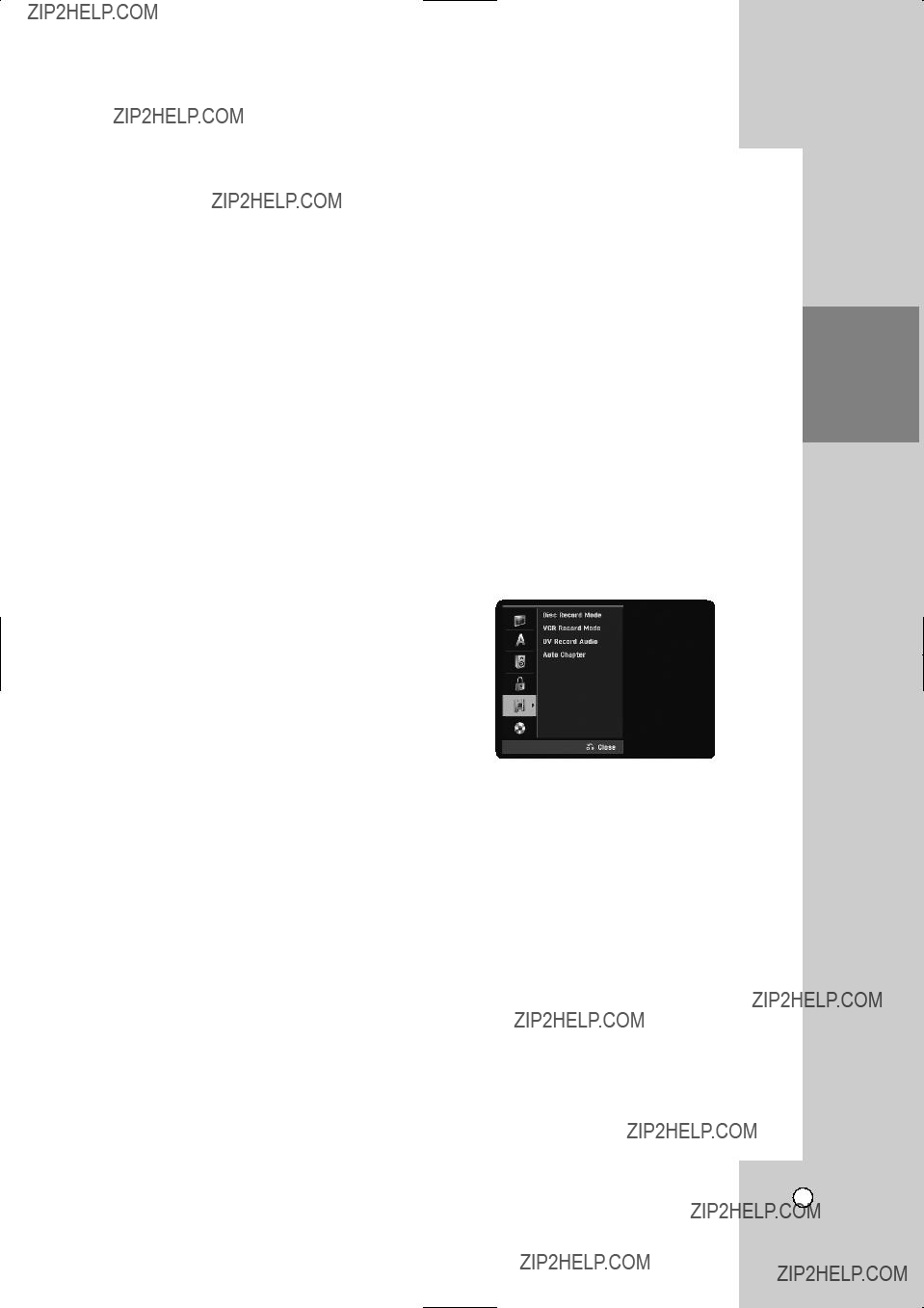
Downloadable Rating (US Rating)
The rating information can be updated if a TV station sends the downloadable rating information.
Note:
Downloadable Rating is a technology that allows digital TV stations to create and deliver new rating systems in the future if they choose.
1.Select the [Downloadable Rating] option then press
B.
2.Follow step 2 as shown in [Lock System] above.
3.Select a rating title or TV rating then press B.
4.Select a rating then press ENTER.
Notes:
???If rating information is not downloaded from a TV station, the Downloadable Rating option will not be available.
???Rating information is automatically downloaded while watching DTV channels. It may take several seconds.
???The Downloadable Rating option is available for use after rating information is downloaded from a TV station. However, depending on the information from a TV station, it may not be available for use.
???Rating levels may differ depending on the broadcasting sta- tion.
???The default option name and Downloadable Rating changes depending on the downloaded information.
???The
???The rating titles (For example: Humor, etc) and TV ratings
(For example: MH, H, VH, etc) may differ depending on the TV station.
TV
(CELR: Canadian English Language Rating system)
1.Select the [TV
2.Follow step 2 as shown in [Lock System] above.
3.Select a rating then press ENTER.
[E]: Exempt TV program includes: news, sports, doc- umentaries and other information program, talk shows, music videos, and variety program.
[C]: Program intended for children under age 8.
[C8+]: Program generally considered acceptable for children 8 years and over to watch on their own. [G]: General audience.
[PG]: Parental guidance.
[14+]: Program contains themes or content which may not be suitable for viewers under the age of 14. [18+]: Adult program.
[Blocking Off]: Permits all programs.
TV
(CFLR: Canadian French Language Rating system)
1.Select the [TV
2.Follow step 2 as shown in [Lock System] above.
3.Select a rating then press ENTER. [E]: Exempt TV program
[G]: General - Program intended for audience of all ages.
[8 ans+]: Not recommended for young children.
[13 ans+]: Program may not be suitable for children under the age of 13.
[16 ans+]: Program is not suitable for children under the age of 16.
[18 ans+]: Program restricted to adults.
[Blocking Off]: Permits all programs.
Recording Settings
To access to the General Setting.
1.Press HOME and the Home menu appears.
2.Select [Setup] > [Start] and press ENTER.
3.Use v / V to select  (Recording) option and press B.
(Recording) option and press B.
Disc Record Mode
You can set the picture quality for recording; XP (High Quality), SP (Standard Quality), LP (Low Quality), EP (Extend Quality).
1.Select the [Disc Record Mode] option then press B.
2.Use v / V to select a desired Disc Record Mode (XP, SP, LP or EP).
3.Press ENTER to confirm your selection, then press HOME to exit the menu.
VCR Record Mode
You can set the picture quality for VCR recording; SP (Standard Play), SLP (Super Long Play).
HOOKUP AND SETTINGS
21

DV Record Audio
You need to set this if you have a camcorder using
On the Audio 1 setting, the sound that was recorded while shooting is used. On the Audio 2 setting, the overdubbed sound is used.
Auto Chapter
During recording, chapter markers are added auto- matically at fixed intervals. You can set this interval to 5 minutes or 10 minutes. To turn off automatic chap-
ter marking, select [None].
Disc Settings
To access to the General Setting.
1.Press HOME and the Home menu appears.
2.Select [Setup] > [Start] and press ENTER.
3.Use v / V to select  (Disc) option and press B.
(Disc) option and press B.
Initialize
If you load a completely blank disc, the recorder will initialize the disc.
???
???
Also, you can reformat the
1.Select the [Initialize] option then press B. [Start] icon is highlighted.
2.Press ENTER.
???In case of
???In case of
It takes a few moments to format the disc.
Caution:
If you want to change the disc format, everything recorded on the disc will be erased.
Finalize
Finalizing ???fixes??? the recordings in place so that the disc can be played on a regular DVD player or com- puter equipped with a suitable
Caution:
Once you have finalized a
1.Press HOME and the Home menu appears.
2.Select [Setup] > [Start] and press ENTER.
3.Use v / V to select  (Disc) option and press B.
(Disc) option and press B.
4.Select the [Finalize] option on the setup menu then press B.
5.Press ENTER while [Finalize] is selected. Finalize menu appears.
6.Select [OK] then press ENTER.
The Recorder starts finalizing the disc.
Notes:
???Finalization can take up to
Tips:
???If you load a
???You cannot unfinalize a
???If [Disc Protect] option is set to [ON], the finalize is not available. To finalize, set [Disc Protect] option to [OFF].
Disc Label
Use the Disc Label feature to enter a name for the disc. This name appears when you load the disc and when you display disc information
???The Disc label can be up to 32 characters long.
???For discs formatted on a different Recorder, you will see only a limited character set.
1.Select the [Disc Label] option then press B. [Edit] icon is highlighted.
2.Press ENTER. Keyboard menu appears.
To enter characters, see page 44.
22

Disc Protect
Depending on the type of disc you are using, Disc Protect allows you to preserve your recordings in a variety of ways:
???DVD+RW: Prevents editing, erasing, or overwrit- ing of existing recordings.
???DVD+R: Prevents editing or erasing of existing recordings.
???
Notes:
???Disc Protect is not compatible with
???If you need to unlock a disc to make edits, select [OFF].
PBC
PBC stands for Playback Control and refers to special menus and navigation features that are available on some Video CDs.
[ON]: Video CDs are played according to the PBC, if available.
[OFF]: Video CDs are played the same way as Audio CDs.
DivX Registration Code DivX
We provide you the DivX?? VOD (Video On Demand) registration code that allows you to rent and purchase videos using the DivX?? VOD service. For more information, visit www.divx.com/vod.
1.Select [About DivX(R)] option then press B.
2.Press ENTER while [Enter] is selected and the registration code will appear.
3.Use the registration code to purchase or rent the videos from Divx?? VOD service at www.divx.com/vod. Follow the instructions and download the video onto a disc for playback on this unit.
Note:
All the downloaded videos from DivX?? VOD can only be played back on this unit.
TV Viewing
Channel Selection
You can select a channel as shown below.
Number and ??? (dash) buttons
Use Number
FAV. CH +/- button
Press FAV +/??? to scroll through your favorite chan- nels.
Note:
To set a favorite channel, use [Channel Edit] option in the Setup menu. (See page 17.)
CH +/??? buttons
Use CH +/??? on the Remote Control or CH v/V on the front panel to cycle the recorder through the channels in memory.
Channel Selection with Channel List menu
Displaying Channel List and Changing
Channel
1.Press HOME and the Home menu appears.
2.Select [TV] > [Channel List] and press ENTER. The channel list menu will appear.
3.Select your desired channel using the v / V and press ENTER to change the channel.
Switching Channel List
Four types of channel lists are provided for easy and quick channel searching. You can switch the channel lists to TV (CATV), DTV (CADTV), Favorite or ALL.
1.Press v to move the highlight position to top of the channel list.
2.Press b / B to select a [TV (CATV)], [DTV (CADTV)], [Favorite] or [ALL].
Selected channel list appears.
TV (CATV): Shows all analog TV channels.
DTV (CADTV): Shows all digital TV channels.
Favorite: Shows favorite channels. (favorite channel shows FAV icon.)
ALL: Shows all analog and digital channels.
HOOKUP AND SETTINGS
REFERENCE
23

General Explanation of
Some DVDs require specific operation or allow only limited operation during playback. When this occurs,
 is displayed, action prohibited or not available.
is displayed, action prohibited or not available.
Displaying Information While
Watching TV
During viewing the TV, press DISPLAY to display/ remove the information displayed
Indicates channel number, station name, and audio signal by the tuner.
Indicates program title, start time, end time, TV Rating, etc. Details are below. (Digital channel only)
Indicates the disc format, free space, and elapsed time progress bar.
Indicates audio language for digital channel or output audio signal for analog channel (Stereo, Mono, SAP, etc.).
Indicates current date and time.
Note:
You must set the clock on the setup menu to display the correct start time and end time of the program while viewing digital channel.
Channel Information Icon
 (DTV caption icon)
(DTV caption icon)
Indicates that the current channel contains the DTV caption. Press SUBTITLE to select a DTV caption language.

 TV Aspect
TV Aspect
Indicates that the current channel is wide or 4:3 pic- ture format.





 (DTV Multiple Audio Icon)
(DTV Multiple Audio Icon)
Indicates that the current channel contains the DTV multiple audio languages. Press AUDIO to select an audio language.
Tips:
If provided by the broadcaster, the MUTILINGUAL (DTV Multiple Audio Icon) appears on the channel
Displaying Disc Information
You can display various information about the disc or tape loaded
1.Press DISPLAY once to show current status. Example:
2.Press DISPLAY once again to show various playback information.
The items displayed differ depending on the disc type or playing status.
3.You can select an item by pressing v / V and change or select the setting by pressing b / B. For details about each item, see the pages in parenthesis.
???[Title]: Current title (or track) number/total number of titles (or tracks) (page 26, 27)
???[Chapter]: Current chapter number/total number of chapters (page 26)
???[Time]: Elapsed playing time (page 28)
???[Audio]: Selected audio language (DVD VIDEO only) or audio channel (page 27)
???[Subtitle]: Selected subtitle (page 26)
???[Angle]: Selected angle/total number of angles (page 28)
???[Sound]: Selected sound mode (page 28)
Note:
If no button is pressed for 10 seconds, the
24
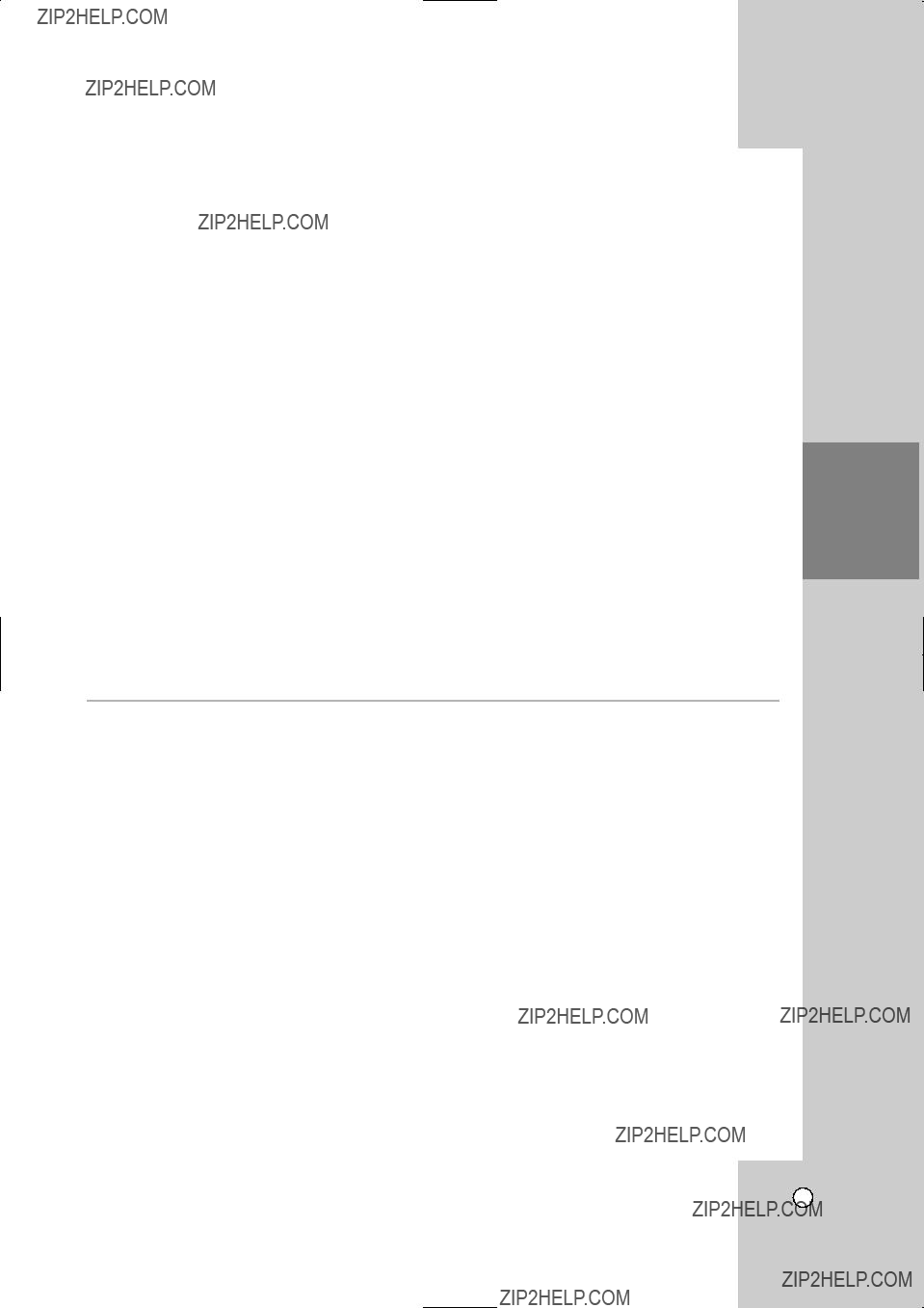
Playback
1.Press VCR to control the VCR deck.
2.Insert a
???If the unit is powered off, it will power on automatically when the tape is loaded.
???If the Timer indicator lights on the front panel display window, press STANDBY/ON once.
3.Press PLAY (N) to start playback.
???If a tape without a safety tab is inserted the unit starts playback automatically.
4.Press STOP (x) to stop playback.
???If the tape reaches the end before you press STOP (x) the Recorder automatically stops, rewinds and ejects the tape.
Note:
???This Recorder can play back
???SQPB is an abbreviation for
VCR Playback Options
1.Press DVD to control the DVD deck.
2.Press EJECT, OPEN/CLOSE (Z) to open the disc tray. Load your chosen disc in the tray, with the playback side down.
3.Press EJECT, OPEN/CLOSE (Z) to close the tray. Playback starts automatically. If playback does not start, press PLAY (N) or Starts play- back using HOME menu.
4.To stop the playback, press STOP (x).
The unit records the stopped point, depending on the disc. ???Xx??? appears on the screen briefly. Press PLAY (N) to resume playback (from the scene point). If you press STOP (x) again or unload the disc (???x??? appears on the screen.), the unit will clear the stopped point.
5.Press EJECT, OPEN/CLOSE (Z) to remove the disc.
Press EJECT, OPEN/CLOSE (Z) to close disc tray or press STANDBY/ON (1/&), the disc tray closes automatically and unit turns off.
Note:
When do not use DVD, please take out DISC.
TV VIEWING
25

DVD or Video CD Playback Features
BACKWARD (m) / FORWARD (M)
During playback, press repeatedly to select the required scan speed.
-DVD; 5 steps,
-Video CD, DivX, Audio CD; 3 steps
DVD ALL VCD DivX
ACD
-DVD; 4 steps,
-Video CD; 3 steps
??? This function is forward only for Video CD.
DVD ALL VCD DivX
ACD MP3 WMA
26

???If you press SKIP (>) once during Repeat Chapter (Track) playback, the repeat playback cancels.
???By pressing SKIP (>) during Random playback, the Recorder selects another title (track) and resumes Random playback.
Note:
Some discs feature both Dolby Digital and DTS soundtracks. There is no analog audio output when DTS is selected. To listen to the DTS soundtrack, connect this recorder to a DTS decoder via one of the digital outputs. See page 13 for connection details.
Press AUDIO then press b / B repeatedly during playback DVD ALL VCD to hear a different audio channel.
With
both (L+R).
PLAYBACK
27
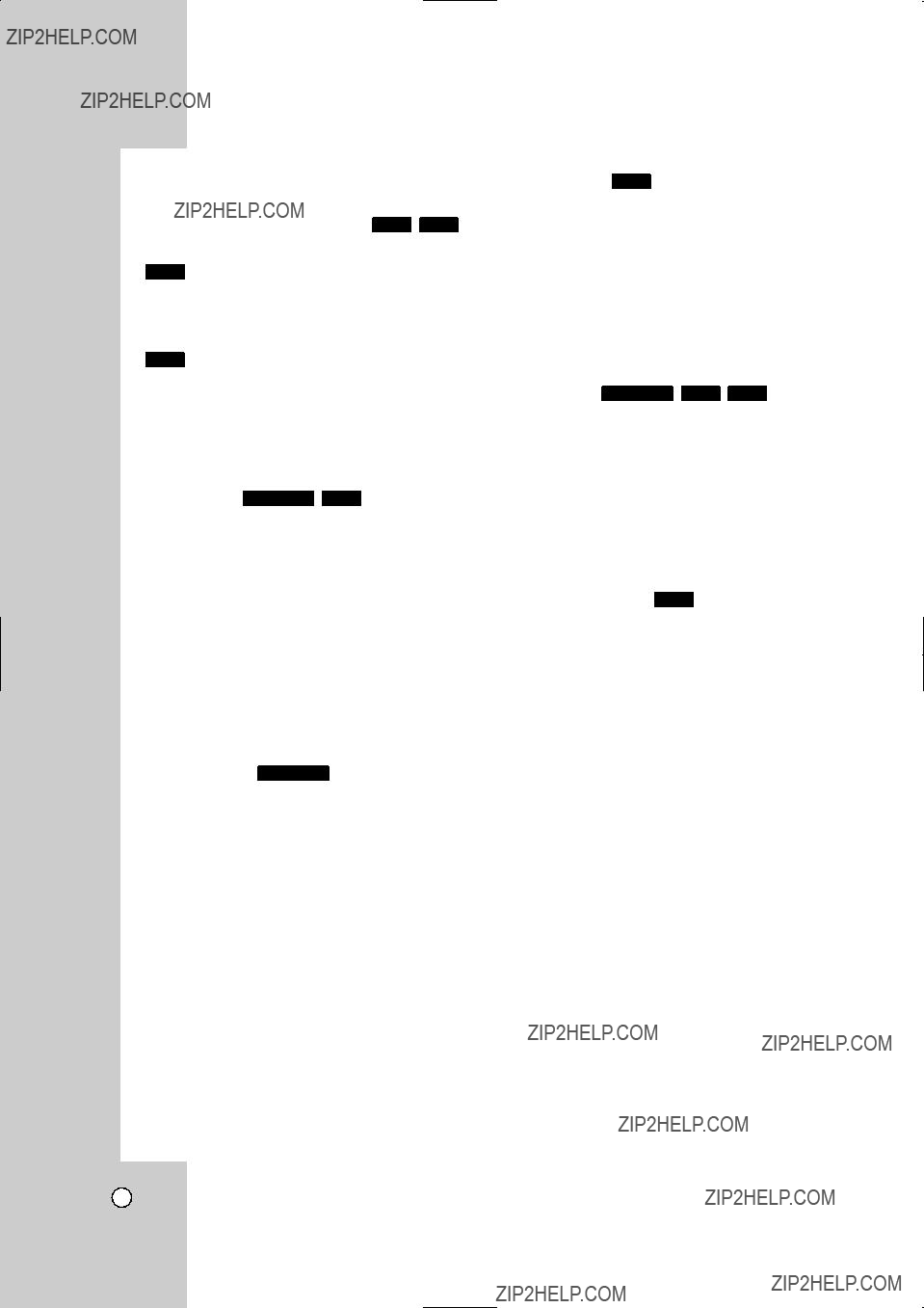
Special Playback Options
If a menu screen is displayed DVD VCD
In some cases, the disc menu might appear instead.
DVD
Use the b B v V buttons to select the title/chapter you want to view, then press ENTER to start. Press TITLE or DISC MENU/LIST to return to the menu screen.
VCD
Use the number buttons to select the track you want to view and press RETURN to return to the menu screen. Menu settings and operating procedures may differ. Follow the instructions on each menu screen. You may also set PBC to [OFF] (See page 22).
Time Search DVD ALL DivX
To start playing at any chosen time on the disc:
1.Press DISPLAY twice during playback. The time search box shows the elapsed playing time.
2.Press v / V to select the time clock icon and
3.Input the required start time in hours, minutes, and seconds from left to right. If you enter the wrong numbers, press b / B to move the under bar (_) to the wrong number. Then enter the correct numbers.
4.Press ENTER to confirm. Playback starts from the selected time.
Marker Search DVD ALL
To enter a Marker
You can start playback from up to six memorized points. To enter a marker, press MARKER at the desired point on the disc. The Marker icon appears on the TV screen briefly. Repeat to enter up to six markers.
To Recall or Clear a Marked Scene
1.During disc playback, press SEARCH.
The marker search menu appears on the screen.
2.Use b/B/v/V to select a marker scene that you want to recall or clear.
3.Press ENTER and playback starts from the marked scene. Or, Press CLEAR and use b / B to select [OK] then press ENTER to delete marked scene from the list.
4.To remove the Marker Search menu, press RETURN (O).
Camera Angle DVD
If the disc contains scenes recorded at different camera angles, you can change to a different camera angle during playback. Press DISPLAY then select the Angle icon during playback. Use b / B to select a desired angle. Note that the number of the current angle appears on the display.
Tip:
The Camera Angle icon is displayed on the TV screen when alternate angles are available.
3D Surround DVD ALL VCD DivX
This unit can produce a 3D Surround effect, which simulates
1.Press DISPLAY twice then use v / V to select the sound icon. Then, use b / B to select [3D SUR.].
2.To turn off the 3D Surround effect, select [NORMAL].
Last Scene Memory DVD
This Recorder memorizes last scene from the last disc that is viewed. The last scene remains in memo- ry even if you remove the disc from the Recorder or switch off the Recorder. If you load a disc that has the scene memorized, the scene is automatically recalled.
Notes:
???Settings are stored in memory for use any time.
???This Recorder does not memorize settings of a disc if you switch off the Recorder before commencing to play it.
???Last Scene Memory function for a previous DVD title is erased once a different DVD title is played.
28

Playing a DivX Movie File
The recorder can play DivX files. Before playing DivX files, read ???DivX file requirement??? on right.
1.Press HOME.
2.Select [Movie] option.
3.Select a media that contains DivX file(s) then press ENTER.
The [Movie List] menu appears on the TV screen.
Movie List menu options
1.Press v / V to select a folder/file on the [Movie List] menu then press ENTER.
[Movie List] menu options appear.
2.Press v / V / b / B to select an option, and press
ENTER.
[Play] Start playback the selected title.
[Open] Opens the folder and a list of files in the folder appears
4.Press v / V to select a folder, and press ENTER. A list of files in the folder appears. If you are in a file list and want to return to the Folder list, use
the v / V buttons on the remote to highlight  and press ENTER.
and press ENTER.
5.If you want to view a particular file, press v / V to highlight a file and press PLAY (N).
You can use variable playback functions. Refer to pages
6.Press STOP to stop the playback. The [Movie List] menu appears.
Notice for displaying the DivX subtitle
If the subtitle does not display properly, please follow the steps below.
1.Press PAUSE/STEP when the subtitle appears.
2.Press and hold SUBTITLE about 3 seconds. The language code will appear.
3.Press b / B to select another language code until the subtitle is displayed properly.
4.Press PLAY (N) to continue playback.
Notes:
???The DivX subtitle file name has to be identified with the DivX file name to display by this unit.
???TXT subtitle file can be displayed on the menu list, but it is not playable.
DivX file requirement
Available resolution size: 720x576 (W x H) pixel
DivX file extensions: ???.avi???, ???.divx???
Playable DivX subtitle: ???.smi???, ???.srt???, ???.sub (Micro DVD format only)???,
???.txt (Micro DVD format only)???
Playable Codec format: ???DIV3???, ???MP43???, ???DIVX???, ???DX50???
Playable Audio format: ???AC3???, ???PCM???, ???MP2???, ???MP3???, ???WMA???
Sampling frequency:
within 8 - 48 kHz (MP3), within 32 - 48kHz (WMA) Bit rate:
within 8 - 320kbps (MP3), within 32 - 192kbps (WMA)
DVD??R/RW Format: ISO 9660 (UDF Bridge format)
Maximum Files/Disc: Less than 1999 (total number of files and folders)
Notes on DivX format
If the number of the screen frame is over 29.97 frames per second, this unit may not operate nor- mally.
If the video and audio structure of recorded file is not interleaved, returns to the menu screen.
If there is impossible code to express in the DivX file name, it may be displayed as ???_??? mark.
If the file is recorded with GMC, the unit supports only
* GMC?
GMC is the acronym for Global Motion Compensation. It is an encoding tool specified in MPEG4 standard. Some MPEG4 encoders, like DivX, have this option.
There are different levels of GMC encoding, usu- ally called
PLAYBACK
29
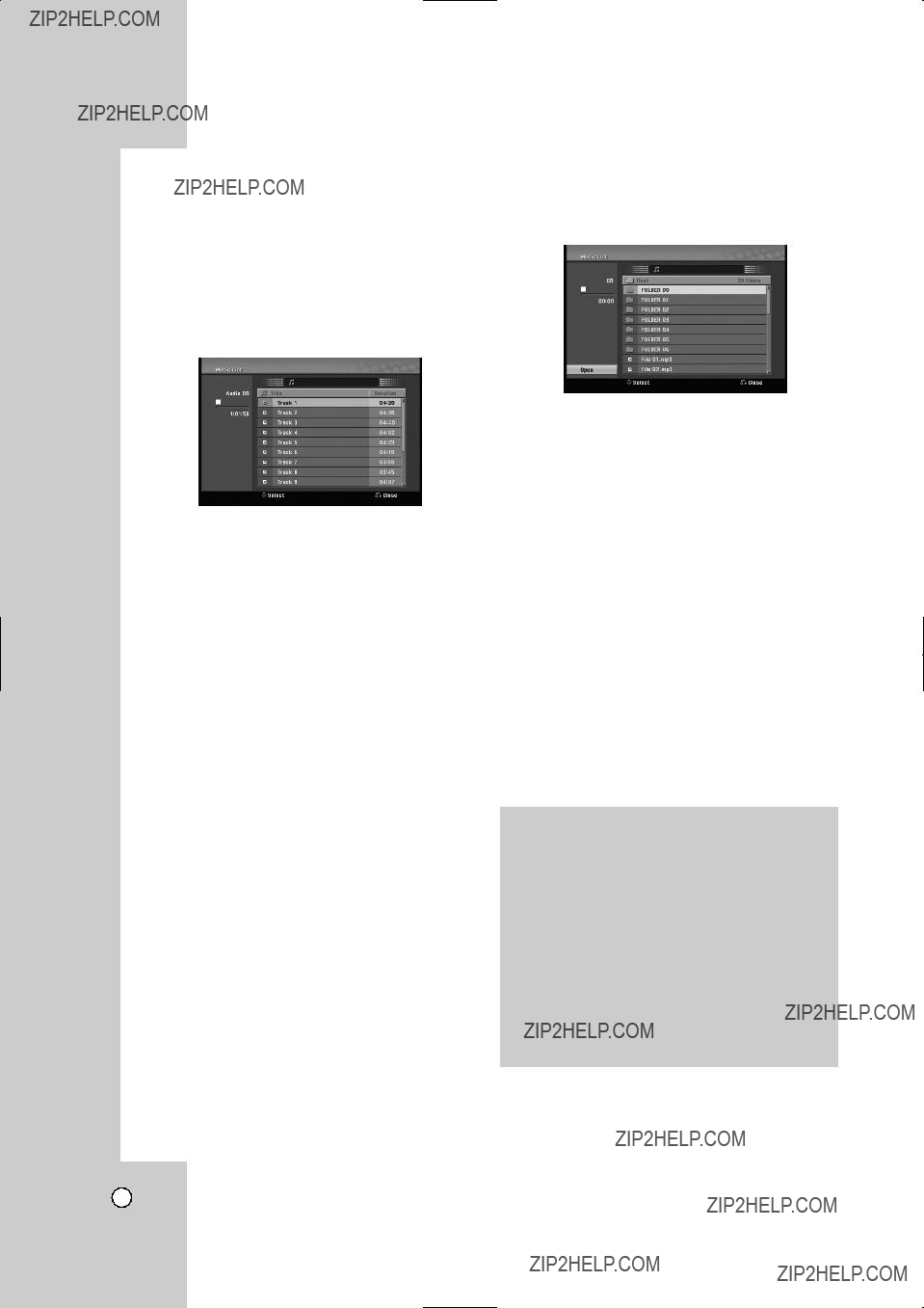
Playing an Audio CD or MP3/WMA files
The Recorder can play Audio CDs and MP3/WMA files. Before playing MP3/WMA files, read [MP3/WMA audio file requirement] on right.
1.Press HOME and the Home menu appears.
2.Select [Music] > [DISC] and press ENTER.
The [Music List] menu appears on the TV screen.
Example) Audio CD
3.Use v/V to select a track or file then press PLAY (N). Playback starts.
You can use variable playback functions. Refer to pages
4.To stop playback at any time, press STOP (x).
Tips:
???You can view TV channel or video input source by pressing RETURN (O). If you want to return to the [Music List] menu, press DISC MENU/LIST.
???Press DISPLAY to view
???On CDs, DVDs with mixed content (Audio tracks, MP3/WMA files or JPEG files), you can select between the [Music List] menu and [Photo List] menu by pressing TITLE repeatedly.
???If you are in a file list and want to return to the Folder
list, use the v/V to highlight  and press ENTER to return to the previous menu screen.
and press ENTER to return to the previous menu screen.
Music List menu options
1.Press v / V to select a track/file or folder on the [Music List] menu then press ENTER.
2.Use v / V to select an option, then press ENTER.
???[Play] Start playback the selected track or file.
???[Open] Opens the folder and a list of files in the folder appears.
???[Random] Start or stop random playback.
Random
1.Press v / V to select a file then press ENTER. The menu options appear.
2.Press v / V to select [Random] option then press
ENTER.
The unit automatically begins random playback and ???RANDOM??? appears on the menu screen.
3.To return to normal playback, select [Random] option again then press ENTER.
Tip:
By pressing SKIP ./> during Random play- back, the unit selects another track and resumes Random playback.
MP3/WMA audio file requirement
File extensions
???.mp3???, ???.wma???.
Sampling frequency:
within 8 - 48 kHz (MP3), within 32 - 48kHz (WMA)
Bit rate: within:
8 - 320kbps (MP3), 32 - 192kbps (WMA)
ISO 9660 and JOLIET.
DVD??R/RW Format:
ISO 9660 (UDF Bridge format)
Maximum Files/Disc:
Less than 1999 (total number of files and folders)
30

Viewing a JPEG files
This unit can play JPEG files. Before playing JPEG recordings, read ???Photo file requirement??? on page 32.
1.Press HOME and the Home menu appears.
2.Select [Photo] > [DISC]] and press ENTER.
3.Use v V b B to select a file or folder and press
ENTER.
2. Use v / V to select option and press ENTER.
Example: When you select a file.
3.Use v / V to select [Full Screen] then press
ENTER.
The selected image is displayed in full screen.
Photo List menu options
1.Use v V b B to select a file then press ENTER. The menu options appear.
2.Use v / V to select an option then press ENTER to confirm your selection.
???[Open] Opens the folder and a list of files in the folder appears.
???[Full Screen] Shows the selected file as full screen.
???[Slide Show] Displays Slide Show menu.
Still picture
Use PAUSE/STEP (X) while viewing slide show to pause mode.
PLAYBACK
Press ENTER to make this menu appear or disappear.
4. To stop viewing at any time, press STOP (x).
Notes:
???If the  icon displays in the [Photo List] menu, it means you cannot see those JPEG files.
icon displays in the [Photo List] menu, it means you cannot see those JPEG files.
???You can view TV channel or video input source by pressing RETURN (O). If you want to return to the [Photo List] menu, press DISC MENU/LIST.
???If you are in a file list and want to return to the Folder
list, use the v/V to highlight  and press ENTER to return to the previous menu screen.
and press ENTER to return to the previous menu screen.
???On CDs, DVDs with mixed content (Audio tracks, MP3/WMA files or JPEG files), you can select between the [Music List] menu and [Photo List] menu by pressing TITLE repeatedly.
Skip Images
While viewing a picture, press SKIP (> or .) once to advance to the next file or return to the previous file.
Rotate Images
Use v / V while viewing a picture to flip the picture clockwise or counterclockwise.
31

View Slide Shows
1.Select [Slide Show] option on the [Photo List] menu.
2.Press ENTER.
3.Use b / B / v / V to set the options.
[Object] option:
???[Selected] Views slide show only selected files.
???[All] Views slide show all files.
[Speed] option:
Sets the Slide Show speed to [Normal], [Slow], or [Fast].
4.Select the [Start] option then press ENTER to start the Slide Show.
5.Press STOP (x) to stop the Slide Show and returns to the [Photo List] menu.
Tips:
???Selecting multiple files
1.Press MARKER.
A check mark appears on the file. Press MARKER again to cancel the marked file.
2.Repeat step 1 to mark additional file.
???Use the CLEAR button to select all files, or cancel all marked files.
Photo file requirement
File extensions
???.jpg???
Recommended size:
Less than 1280 x 720 (WxH) pixel is recommended. Less than 4MB recommanded.
ISO 9660 and JOLIET.
DVD??R/RW Format:
ISO 9660 (UDF Bridge format)
Maximum Files/Disc:
Less than 1999 (total number of files and folders)
Notes on JPEG file
Progressive and lossless compression JPEG image files are not supported.
Depending on the size and number of the JPEG files, it may take several minutes to read the con- tents of the media.
32
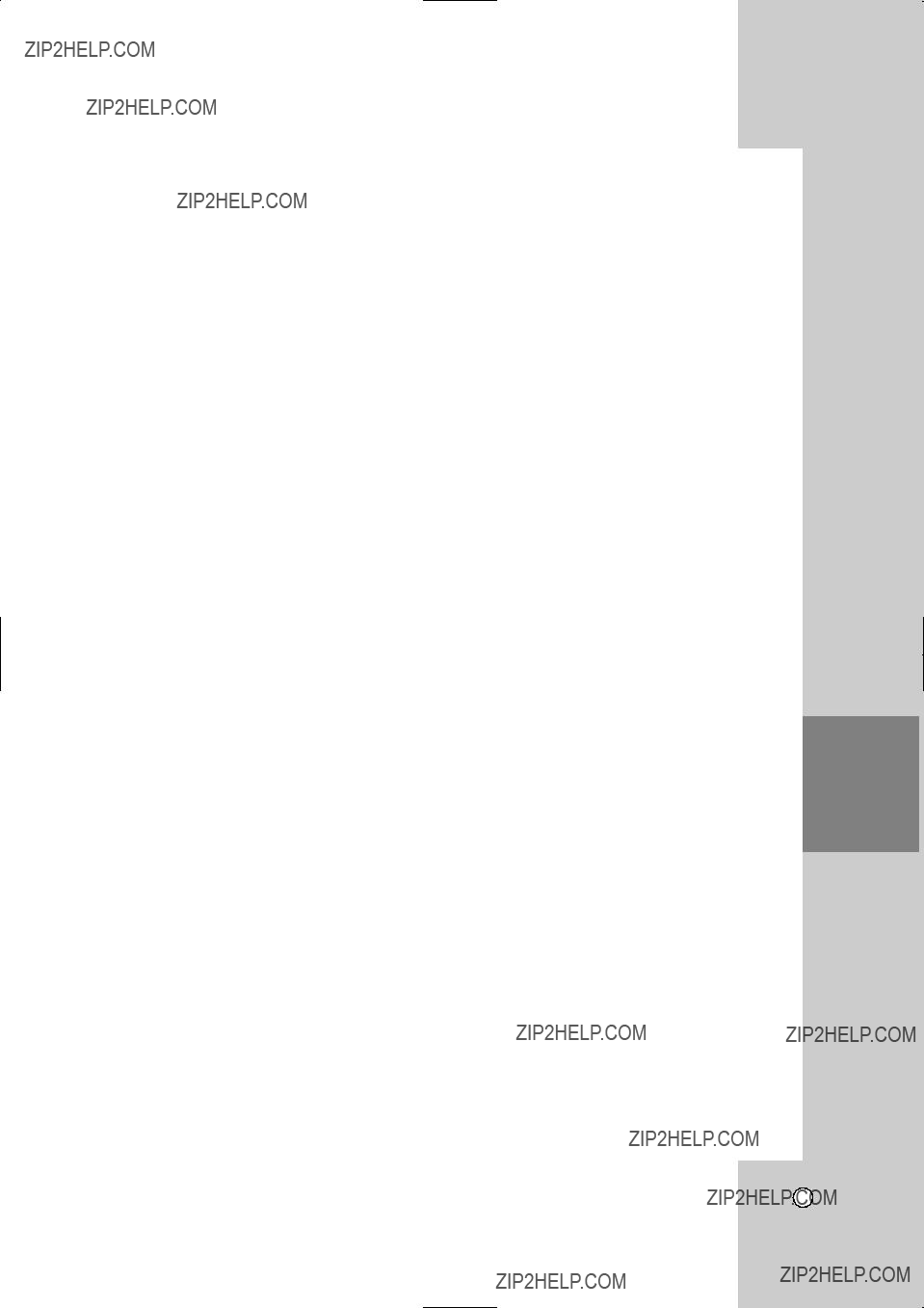
Recording
About DVD recording
Notes:
???This Recorder cannot record
???Fingerprints and small scratches on a disc can affect playback and/or recording performance. Please take proper care of your discs.
???The company does not hold any responsibility to compensate the contents which should have been recorded, and any losses or damages (e.g. losses of business profit, or business intermission) that may arise from malfunction of this recorder (not recording/editing as intended).
???When do not use DVD, please take out DISC.
Disc types and recording formats, modes, and settings
This recorder can play many different kinds of DVD discs:
The
The recording mode is closely related to the disc for- mat. If the disc format is Video Recording format, then the recording mode is VR mode; if the disc for- mat is Video format, then the recording mode is Video mode (except for
Notes for recording
???The recording times shown are not exact because the recorder uses variable
???When recording a TV broadcast, if the reception is poor or the picture contains interference, the recording times may be shorter.
???If you record still pictures or audio only, the recording time may be longer.
???The displayed times for recording and time remaining may not always add up to exactly the length of the disc.
???The recording time available may decrease if you heavily edit a disc.
???If using a
???If using a
???When using a
???When using a
???When using a
???The Delete Title option in the Title List (Original) menu only hides the title, it does not actually erase the title from the disc and increase the recording time available (except for the last recorded title on a
???Overwrite recording is available using DVD+RW discs.
???When using a DVD+R/RW, the recorder will execute the
???In DVD mode, you cannot record the rated digital pro- gram, no signal, audio only, scrambled program, etc. If the unit detects an unrecordable signal as described above during recording, the recording will be paused. The recording will be continued when recordable signal is detected in pause mode. If the paused recording is continued for an hour, the recording will be stopped automatically with the message.
???If you set a DTV rating for the unit and higher rated digital programs are received, the program cannot be recorded. Change the DTV rating level in order to record it.
???Recording programs that are blocked through Parental Lock or TV Ratings will present the following message: "Cannot
???If the unit detects the
Recording time and picture quality
There are four preset recording quality modes: XP ??? Highest quality setting, gives about
1 hour of recording time on a DVD (4.7GB). SP ??? Default quality, sufficient for most applica- tions, gives about 2 hours of recording time on a DVD (4.7GB).
LP ??? Slightly lower video quality, gives about 4 hour of recording time on a DVD disc (4.7GB). EP ??? Low video quality, gives about 6 hour
of recording time on a DVD (4.7GB).
RECORDING
33
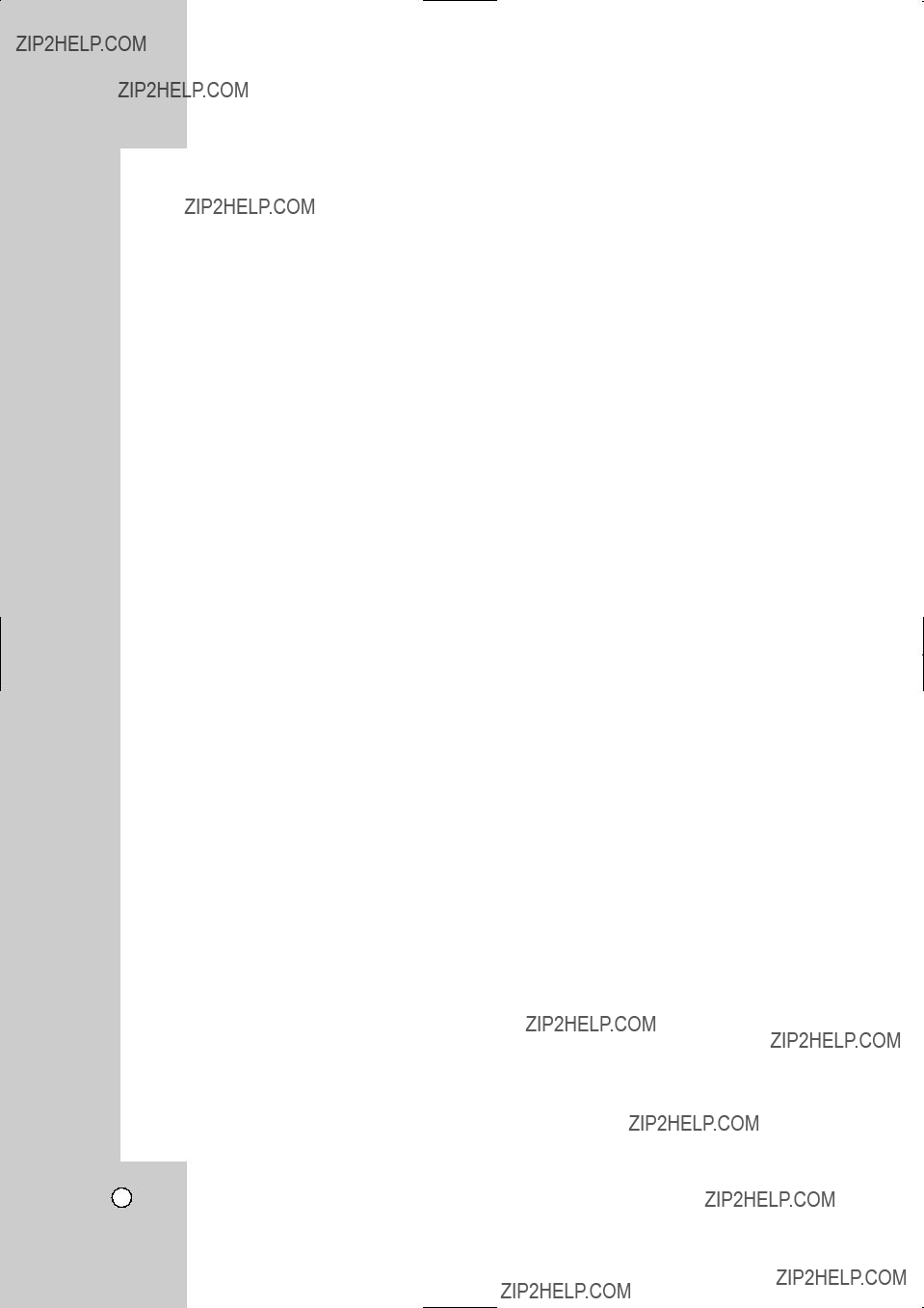
Basic Recording from a TV
Follow the instructions below to record a TV program. Recording starts immediately and continues until the disc or tape is full or you stop the recording.
1.Switch on the Recorder, select the device (VCR or DVD) for recording and load a recordable disc or tape. Also make sure that the TV input is set to this recorder.
2.Set a recording mode as necessary by pressing REC MODE repeatedly.
DVD: XP, SP, LP, EP
VCR: SP, SLP
3.Select the TV channel to record.
4.Use AUDIO to select the audio channel for analog channel or audio language for digital channel to record.
The table below shows what will be recorded on the different settings for different types of analog broadcast. The last column (Monitor Audio) shows what you???ll hear as it is recording.
If you set the audio channel to SAP, but there is no SAP channel being broadcast, the main audio (mono or stereo) will be recorded.
5.Press z REC once to start recording.
The REC indicator lights in the display window.
6.Press STOP (x) to stop recording.
Notes:
???The maximum numbers of DVD titles are as show below;
-
-DVD+R/RW: 49
???If the Recorder is powered off during DVD recording, the recording will not be saved.
Instant Timer Recording
Instant Timer Recording allows you to make a recording easily of a preset length without using the program timer.
1.Follow steps
2.Press REC once to begin recording.
3.Press REC two additional times to set the DVD recorder to 10min recording time or the VHS recorder to 30min recording time.
DVD: Each subsequent press increases the recording time by 10 minutes.
VCR: Each subsequent press increases the recording time by 30 minutes (maximum 540 minutes). Please confirm the VHS tape has enough remaining time to be recorded before recording.
Checking the Recording Time
Press z REC or DISPLAY once to check the record- ing time. The recalled setting will automatically return to the TV screen for a moment.
Also, remaining time of recording is shown in the dis- play window.
To Extend the Recording Time
The recording time can be extended anytime by pressing z REC.
Each subsequent press increases the recording time by 10 minutes (DVD) or 30 minutes (VCR).
To Pause the Recording
1.Press PAUSE/STEP (X) to pause the recording.
2.When you want to continue recording, press PAUSE/STEP (X) or z REC.
Notes:
???If you press PAUSE/STEP (X) during the Instant Timer Recording, it will be canceled.
???The Recorder will automatically power off when the Instant Timer Recording ends.
???If the unit is DVD mode when the VCR Instant timer recording ends, the unit will not automatically power off.
34
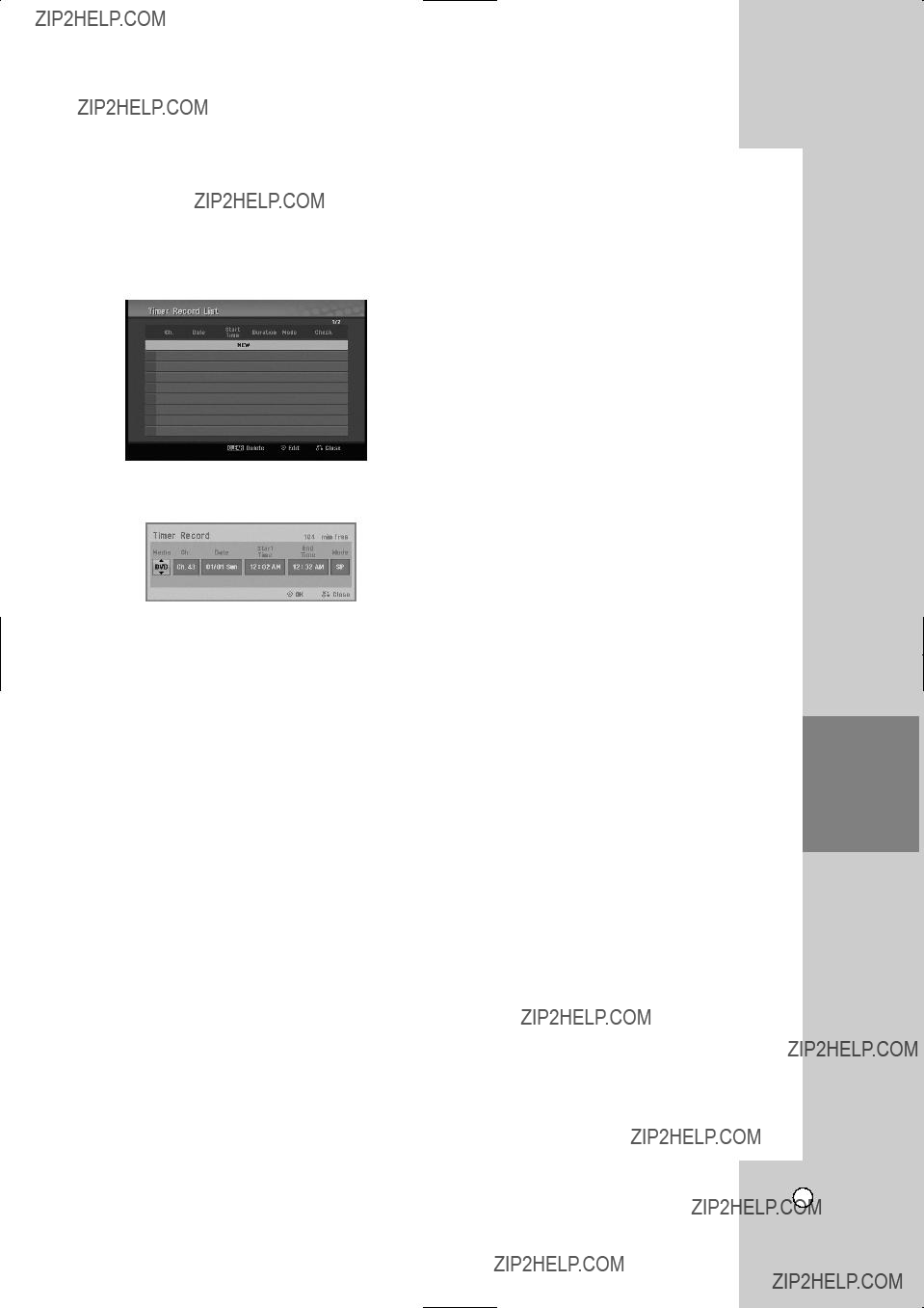
Timer Recording
The Timer Recording function allows you to record up to 16 programs within a period of one month.
1.Press HOME and the Home menu appears.
2.Select [TV] > [Timer Record] and press ENTER.
3.Select [NEW] and press ENTER. The Timer Record menu will appear.
???[Media] ??? Choose a media (DVD or VCR).
???[Ch.] ??? Choose a channel that memorized in this Recorder, or one of the external inputs from which to record (AV1 or AV2).
???[Date] ??? Choose a date up to 1 month in advance, or select a daily or weekly program.
???[Start Time] ??? Set the recording start time.
???[End Time] ??? Set the recording end time.
???[Mode] ??? Choose a record mode. DVD: XP, SP, LP, EP or AT (Auto) VCR: SP, SLP or AT (Auto)
AT(Auto) mode determines how much time is avail- able on the disc or tape and switches record mode, if necessary, to complete recording the program.
4.Enter the necessary information for your timer recording(s).
???b / B (left/right) ??? Move the cursor left/right
???v / V (up/down) ??? Change the setting at the current cursor position.
???Press RETURN (O) to return to the [Timer Record List] menu.
5.Press ENTER to save the program.
6.Press RETURN (O) to exit the [Timer Record List] menu.
Notes:
???The clock must be set correctly before setting a timer.
???You must insert a recordable disc or tape.
???The Timer indicator lights on the front panel display.
???The Recorder will record the audio according to the current TV tuner setting. Use AUDIO to select the audio channel for analog channel to record before switching the Recorder to Standby mode.
???For digital TV recording with multiple audio lan- guages, set audio language from the [DTV Audio] in
???The Recorder will automatically power off when the Timer Recording ends.
???If the unit is DVD mode when the VCR timer recording ends, the unit will not automatically power off.
???There is a short delay when a DVD timer record- ing finishes to confirm the recorded program. If two timer recordings are set to record sequentially (one right after the other), the later program may not be recorded.
???You must press STOP (x) to stop the Timer Recording.
Checking Timer Recording Details
Programming can be checked whenever the Recorder is turned on.
1.Press HOME and the Home menu appears.
2.Select [TV] > [Timer Record] and press ENTER.
3.Use v / V to select a program.
4.Press ENTER to edit the selected program. Timer Record menu appears.
Canceling a Timer Recording
You can clear a timer setting anytime before the recording actually starts.
???Use v / V to select a program you want to erase on the [Timer Recorder List] menu, then press CLEAR and select [OK] then press ENTER.
RECORDING
35
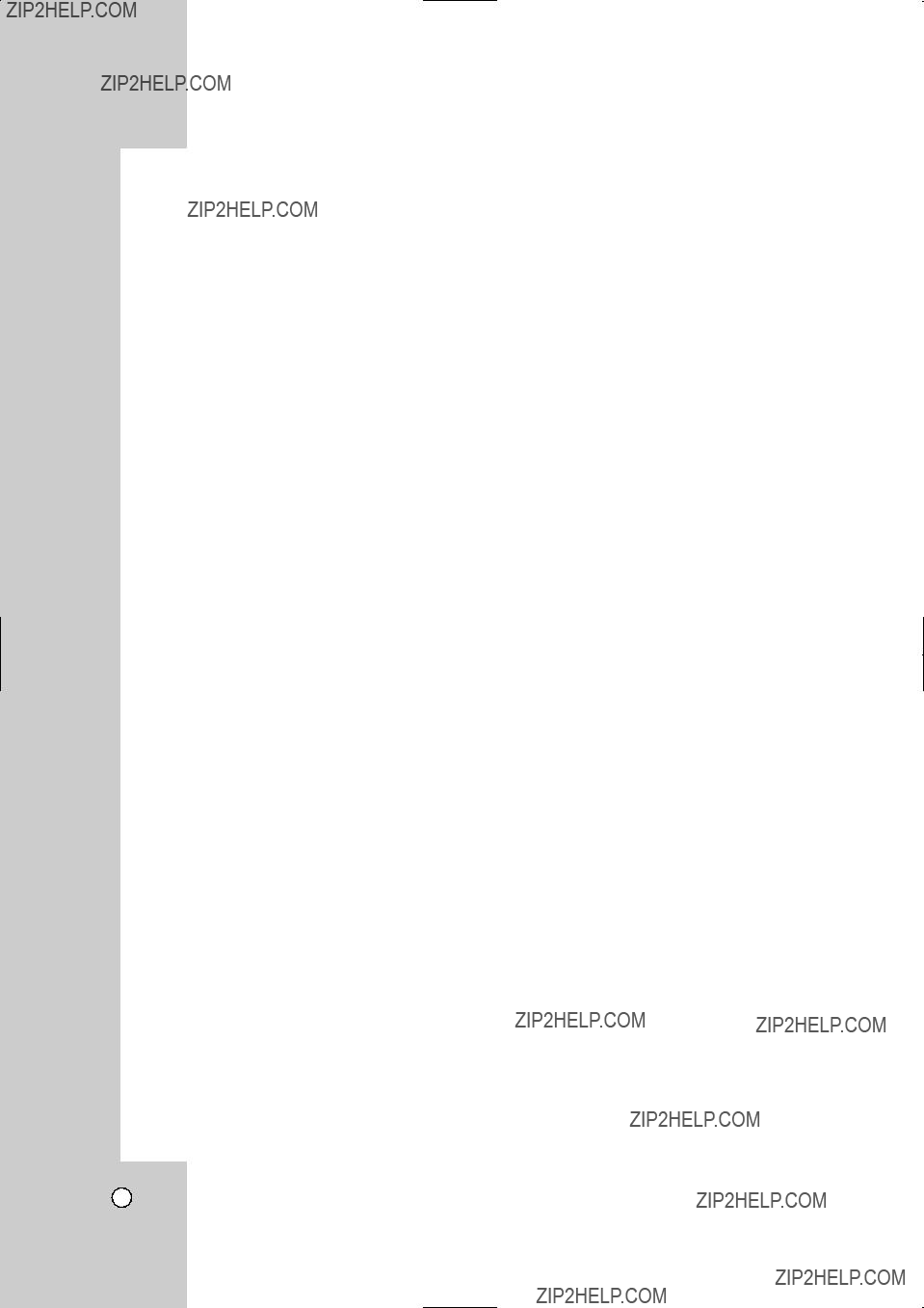
Timer Recording Troubleshooting
Even though the timer is set, the recorder will not record when:
???There is no disc (or tape) loaded.
???A
???Disc Protect is set to [ON] in the Disc menu (see page 22).
???There are already 99 titles
You cannot enter a timer program when:
???A recording is already underway.
???The time you???re trying to set has already passed.
???There are already 16 timer programs set.
If two or more timer programs overlap:
???The earlier program takes priority.
???When the earlier program finishes, the later program starts.
???If two programs are set to start at exactly the same time, the program entered first takes priority.
If the disc is damaged, the recording may not complete successfully. In this case even though the Check field shows [Rec. OK], it may not be.
Note:
Recording programs that are blocked through Parental Lock or TV Ratings will present the following message: "Cannot
36
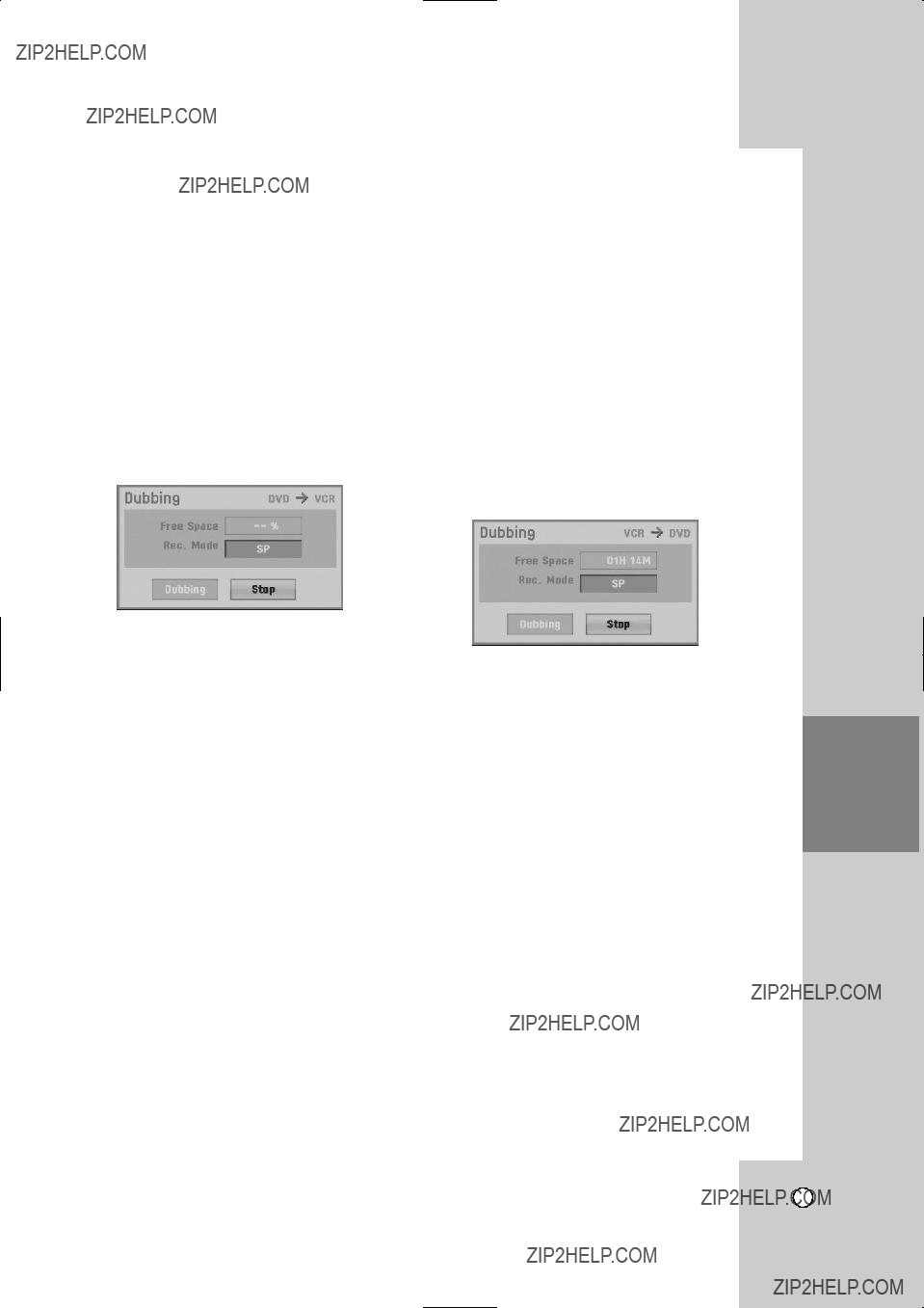
Dubbing from DVD to VCR
You can copy the contents of a DVD to a VHS tape using the DUBBING button.
1.Insert a blank VHS videotape into the VCR deck.
2.Insert the disc you wish to copy in the DVD deck and close the disc tray.
3.Select DVD mode by pressing DVD on the remote control or pressing DVD/VCR on the front panel.
4.Find the place on the DVD (or Disc) from which you want to start dubbing using the PLAY, FF, REW and PAUSE functions.
For best results, pause playback at the point from which you want to record.
5.Press the DUBBING button. The Dubbing menu appears.
6.Use v / V / b / B to select the desired Record Rec. Mode: SP or SLP (3 times SP).
7.Select [Dubbing] then press ENTER or DUBBING to start copying.
8.To stop dubbing at any other time, press STOP (x).
You must stop the dubbing process manually when the DVD movie ends, or the unit may replay and record over and over again.
Note:
If the DVD (or Discs) you are attempting to copy is copy protected, you will not be able to copy the disc. It is not permitted to copy Macrovision encoded DVDs (or Discs).
Tip:
If you press PAUSE during Dubbing mode, both the DVD and VCR decks go into Pause mode and the DUBBING button blinks on the front panel. While in Pause mode, you can adjust the DVD playback posi- tion using PLAY, REW, FF, PAUSE/STEP, etc. The VCR deck will remain in Pause mode. To resume Dubbing, press the DUBBING button twice.
Dubbing from VCR to DVD
You can copy the contents of a VHS tape to a DVD using the DUBBING button. This allows you to archive your old VHS tapes to DVD.
1.Insert a blank DVD disc in the DVD deck and close the disc tray.
2.Insert the VHS video tape you wish to copy into the VCR deck.
3.Select VCR mode by pressing VCR on the remote control or pressing DVD/VCR on the front panel.
4.Find the place on the VHS tape from which you want to start dubbing using the PLAY, FF, REW and PAUSE functions. For best results, pause playback at the point from which you want to record.
5.Press the DUBBING button. The Dubbing menu appears.
6.Use v / V / b / B to select the desired Record Rec. Mode: XP, SP, LP or EP.
7.Select [Dubbing] then press ENTER or DUBBING to start copying.
8.To stop dubbing at any other time, press STOP (x).
Dubbing will stop automatically when the VHS tape ends.
Note:
If the VHS video tape you are attempting to copy is copy protected, you will not be able to copy the tape. It is not permitted to copy Macrovision encoded tapes.
Tip:
If you press PAUSE during Dubbing mode, both the DVD and VCR decks go into Pause mode and the DUBBING button blinks on the front panel. While in Pause mode, you can adjust the VCR playback position using PLAY, REW, FF, PAUSE/STEP, etc. The DVD deck will remain in Pause mode.
To resume Dubbing, press the DUBBING button twice.
RECORDING
37

Recording from External Components
You can record from an external component, such as a camcorder or VCR, connected to any of the Recorder???s external inputs.
1.Make sure that the component you want to record from is connected properly to the Recorder. See page 14.
2.Press AUX repeatedly to select the external input to record from.
???AV1: Audio/Video Input mounted on back panel.
???AV2: Audio/Video Input mounted on front panel.
???DV: DV Input mounted on front panel.
3.Load a recordable disc or tape.
4.Set a recording mode as necessary by pressing REC MODE repeatedly.
DVD: XP, SP, LP or EP.
VCR: SP or SLP
5.Press z REC once to start recording.
The REC indicator lights in the display window.
6.Press STOP (x) to stop recording.
Notes:
???Check that the Audio In settings DV Record Audio are as you want them. See page 20.
???If your source is
???Recording continues until you press STOP (x) or the disc is full.
???To record for a fixed length of time, see [Instant Timer Recording] on page 34.
???When unit is on any external inputs mode (AV1, AV2 and DV) the CH +/- buttons don???t work, press AUX (on remote) repeatedly to select the TV mode, and then select the TV channels.
38

Recording from DV Input
Before DV dubbing
You can connect a
This recorder is only compatible with
You cannot connect more than one DV camcorder at a time to this recorder.
You cannot control this recorder from external equipment connected via the DV IN jack (including two recorders).
It may not always be possible to control the con- nected camcorder via the DV IN jack.
Digital camcorders can usually record audio as stereo
Audio input to the DV IN jack should be 32 or 48kHz (not 44.1kHz).
Picture disturbance on the recording may occur if the source component pauses playback or plays an unrecorded section of tape, or if the power fails in the source component, or the DV cable becomes disconnected.
Note:
???Connect the DV cable after turnning the camcorder off.
???The unit may not acknowledge the camcorder depending on the kinds. In this case, you may have it acknowledged by switching the unit off, and then on.
Recording from a Digital Camcorder
You can record from a digital camcorder connected to the DV IN jack on the front panel of this recorder. Using the recorder???s remote, you can control both the camcorder and this recorder.
Before recording, make sure that the audio input for the DV IN jack is set up (see page 21).
Tips:
???The source signal must be
???Some camcorders cannot be controlled using this recorder???s remote.
???If you connect a second recorder using a DV cable, you cannot control the second DVD from this one.
???You cannot control this unit remotely from a com- ponent connected to the DV IN jack.
???You cannot record date and time information from a DV cassette.
???Disconnecting the DV cable while recording a contents of the connected digital camcorder may result in malfunction.
1.Make sure your digital camcorder is connected to the front panel DV IN jack. See page 14.
2.Press AUX repeatedly to select the DV input.
3.Find the place on the camcorder tape that you want to the recording to start from.
For best results, pause playback at the point from which you want to record.
Depending on your camcorder, you can use this recorder???s remote to control the camcorder using the STOP, PLAY, BACKWARD, FOR- WARD and PAUSE functions.
4. Press z REC once to start recording.
Recording is automatically stopped if the recorder detects no signal.
You can pause or stop the recording by press- ing PAUSE/STEP (X) or STOP (x).
You cannot control the camcorder from this Remote Control during recording.
In Video mode, the final frame of the recording may remain displayed on screen for a while after recording stops.
Note:
When ???Not connected to camcorder??? shows on the TV screen, the PLAY & RECORD functions won???t work. To resume these functions, press AUX to get out of DV input mode.
Troubleshooting
If you cannot get a picture and/or audio through the DV IN jack, check the bullet points:
Make sure the DV cable is properly connected. Try switching off the connected equipment then switch back on.
Try switching the audio input.
Note:
Depending on the connected camcorder, you may not be able to control it using the Remote Control supplied with this recorder.
RECORDING
39

Editing
Title List and Chapter List
Menu Overview
Using the Title List menu you can edit video content. The editing features available in the Title List menu depend on whether you are editing video on DVD, and whether you???re editing Original content, or a Playlist.
There are two ways to edit VR mode
1.Press DISC MENU/LIST to display the TITLE LIST menu.
Playback should be stopped when you do this.
When selecting titles, use the v / V buttons to display the previous/next page if there are more than six titles.
If you are editing a VR mode disc, press DISC MENU/LIST to switch between Original and Playlist menu.
On the left side of the screen are the menu options. The main part of the screen shows thumbnails of the titles (or chapter) on the DVD. You can change these thumbnails using the THUMBNAIL button. (see [Changing the Title Thumbnails] on page 41.)
Press DISPLAY to display the information of selected title on the Title List menu.
After selecting a title or chapter on the Title List or Chapter List menu, then press ENTER. The menu options on the left side of the menu. Use v / V to select a option then press ENTER to confirm your selection.
2.To exit the TITLE LIST menu, press RETURN (O) repeatedly.
1.Menu options: To display menu option, select a title or chapter then press ENTER. The options displayed differ depending on the disc type.
???[Play] Start playback of the selected title or chapter. The hidden titles and chapters on the DVD+R/RW cannot be play back.
???[Search]
-[Chapter] ; Displays Chapter List of the Title.
-[Time] ; Search time for you want start point of the title .
???[Delete] Deletes the title or chapter. (page 43)
???[Move] Moves chapter position on [Chapter List - Playlist] menu (page 45).
???[Protect] Protects accidental recording, editing or deleting of the title.(page 45)
???[Edit] Edits or Deletes a part of the title.
-[Title Name] Edits the title name. (page 44).
-[Delete Part] Deletes a part of the Title (page 43).
-[Divide] Divides a title into two (page 46).
-[Hide (Show)] Hides (or Shows) the selected title or chapter. (page 45)
???[Playlist Add] Adds the title or chapter to the Playlist. (page 42)
???[Dubbing] Dubs the title to VCR (page 37).
???[Title] Displays Title List of the chapter.
???[Combine] Combines two titles or chapters into one (page 46).
???[Full Play] Starts playback of the selected title includ- ing the hidden chapters.
2.Current media.
3.Indicates the record mode, free space, and elapsed time progress bar.
4.Currently selected title.
5.Thumbnail.
6.Shows the selected title number and total number of titles.
7.Shows the title name, recorded date, and record- ing length.
40

VR Mode: Original and
Playlist Editing
Titles, Chapters and Parts
Titles in the disc???s original content contain one or more chapters. When you insert a disc???s title into the Playlist, all the chapters within that title also appear. In other words, chapters in the Playlist behave exact- ly as chapters on a
Caution:
When editing using the Delete, Add and Move func- tions, the start and end frames may not be exactly as set in the start and end point display.
During Playlist playback, you may notice a momen- tary pause between edits. This is not a malfunction.
Is editing a DVD like editing a video tape?
No. When you edit a video tape you need one video deck to play the original tape and another to record the edits. With DVD, you edit by making a ???Playlist??? of what to play and when to play it. On playback, the Recorder plays the disc according to the Playlist.
About word ???Original??? and ???Playlist???
Throughout this manual, you will often see the words Original and Playlist to refer to the actual content and the edited version.
Original: content refers to what???s actually recorded on the disc.
Playlist: content refers to the edited version of the disc ??? how the Original content is to be played.
Adding Chapter Markers
You can create chapters within a title by inserting chapter marks at the desired points.
Note:
Chapter markers are inserted at regular intervals automatically. You can change this interval from the Initial Setup menu (see [Auto Chapter] on page 20).
During recording or playing back, at the point you want to start a new chapter, press CHAPTER.
A chapter marker icon appears on the TV screen.
Changing the Title Thumbnails
Each title displayed in the Title List menu is repre- sented by a thumbnail picture taken from the start of that title or chapter.
If you prefer, select a different still picture from within a title.
Press THUMBNAIL to make the currently displayed picture the one that appears in the Title List menu. The still picture that you choose appears in both the Original or Playlist menu.
Tip
You can also change the thumbnail picture of the title on the Chapter List menu. Select a chapter on the Chapter List menu then press THUMBNAIL. The thumbnail picture of the title that includes the chapter is changed.
EDITING
41

Making a New Playlist
Use this function to add an Original title or chapter to the Playlist. When you do this, the whole title or chapter are put into the Playlist (you can delete bits you don???t need later - see [Deleting an Original or Playlist title/chapter] on page 43).
The title appears in the Playlist complete with the chapter markers that appear in the Original. However, if you add more chapter markers to the Original later, these are not automatically copied over into the Playlist title.
You can add up to 999 chapters to one disc.
1.Choose a title or chapter on the [TITLE LIST- Original] menu or [Chapter
The menu options appears on the left side of the menu.
2.Use v / V to select [Playlist Add] option then press B.
3.Select [New Playlist] then press ENTER.
The new title appears in the updated Playlist. All chapters of the title are added to the Playlist.
Adding Additional Title / Chapters to the Playlist
You can add an Original title or chapter to add to a Playlist title even if it is already registered.
1.Choose a title or chapter on the [TITLE LIST- Original] menu or [Chapter
The menu options appears on the left side of the screen.
2.Use v / V to select [Playlist Add] from menu options then press B.
3.Choose a Title
ENTER.
4.Repeat steps
You can view the added chapters on the [Chapter
5.Press RETURN (O) to exit, or DISC MENU/LIST to go back to the [Title
42

Deleting an Original or Playlist Title/Chapter
When you erase a title or chapter from the Playlist menu, you only remove it from the Playlist; the title/chapter remains in the Original menu.
If you choose to delete a title or chapter from the Original (title/chapter) menu, the title or chapter is actually deleted from the disc and the remaining time available for recording increases. Titles/chapters deleted from the Original are also removed from the Playlist.
Note:
It may not be possible to delete chapters that are less than 3 seconds long.
1.Use b / B / v / V to choose a chapter or title you want to delete on the [TITLE LIST] or [Chapter List] menu then press ENTER.
The menu options appears on the left side of the screen.
2.Select [Delete] option from the options on the menu.
Example: Title List
3.Press ENTER to confirm.
The confirm message for deleting will appear.
4.Use b / B to select [OK] then press ENTER. The selected chapter or title is deleted.
After pressing ENTER, the new, updated menu is displayed.
5.Repeat steps 1 - 4 to continue to delete from the menu.
6.Press RETURN (O) repeatedly to exit the menu.
Notes:
???When DVD+RW recording, the deleted title???s name is changed to [Deleted Title].
???If more than two titles are repeatedly deleted, the titles are combined into one.
???When you are deleting a title or chapter, only the last one on DVD+R/RW increases remaining recording time.
Deleting a Part
You can delete a part which you do not want in the title.
1.Use b / B / v / V to choose a title you want to delete on the Title List menu then press ENTER. The options appears on the left side of the menu.
2.Select [Edit] > [Delete Part] option then press
ENTER.
[Edit] menu appears on the TV screen. Example: Edit (Delete Part)
3.Use play, pause step, search and
4.Press ENTER at the starting point of the section you want to delete.
[End Point] icon is highlighted.
The part is indicated on the Progress Bar.
5.Use play, pause step, search and
6.Press ENTER at the ending point of the section you want to delete.
You can cancel the selected point, use v / V to select [Cancel] icon then press ENTER.
7.If you finish to edit, select [Done] icon then press
ENTER.
The confirm message for deleting will appear. Use b / B to select [OK] then press ENTER.
The selected part is deleted from the title and Title List menu appears.
Notes:
???It may not be possible to delete parts that are less than 3 seconds long.
???If you select [Cancel] then press ENTER, the Recorder will go to previous option and into Pause mode.
EDITING
43

Naming a Title
You can name the titles.
1.Choose the title you want to name on the Title List menu, then press ENTER.
The menu options appears on the left side of the menu.
2.Use v/V to select [Edit] > [Title Name] option then press ENTER.
Keyboard menu appears.
3.Enter a name for the title. Use b / B / v / V to select a character then press ENTER to confirm your selection.
???Language: Selects a keyboard type.
???Space: Inserts a space at the cursor position.
???Delete: Deletes the character to the left of the cursor position.
???b / B: Moves the cursor left or right.
???OK: Confirms the name you have entered.
???Cancel: Deletes all characters and exits the Keyboard menu.
Remote Control buttons for entering a name
???PLAY (N): Inserts a space at the cursor posi- tion.
???PAUSE/STEP (X): Deletes the character to the right of the cursor position.
???SKIP (. / >): Moves the cursor left or right.
???STOP (x), CLEAR: Deletes the character to the left of the cursor position.
???
???DISC MENU/LIST, DISPLAY: Switches the keyboard type.
4.Choose [OK] then press ENTER to fix the name and return to the previous menu screen.
5.Press RETURN (O) repeatedly to exit the menu.
Notes:
???Names can be up to 32 characters long.
???For discs formatted on a different recorder, you will see only a limited character set.
???When recording on
Time Search
You can select start point of the title.
1.Use b / B / v / V to choose a title on the TITLE LIST menu then press ENTER.
The options appears on the left side of the menu.
2.Select [Search] > [Time] option then press
ENTER.
[Time] menu appears on the TV screen.
End time
Current picture
Selected time
Selected point
Start time
3.Use b / B to find the point you want to start. The point increase 1 minute step.
If you press and hold b / B then the point increase 5 minute step.
4.Press ENTER to start selected point.
44

Moving a Playlist Chapter
Use this function to
Note:
This function is not available if there is only one chapter.
1.Select a chapter on the Chapter
2.Press ENTER.
The menu options appears on the left side of the menu.
3.Use v / V to select [Move] option from Playlist options then press ENTER.
4.Use b / B / v / V to choose the place you want to move the chapter then press ENTER.
After pressing ENTER, the updated menu is displayed.
Hide a Chapter/Title
+RW +R
You can skip playing chapters or titles without delet- ing from the disc.
1.Use v V b B to choose a chapter or title you want to hide on the [TITLE LIST] or [Chapter List] menu, then press ENTER.
Options appear on the left side of the screen.
2.Select [Edit] > [Hide] option.
Example: Title List (DVD+RW)
3.Press ENTER to confirm.
The chapter???s or title???s thumbnail will dim.
Tip:
If you select a hidden chapter or title on the TITLE LIST or Chapter List menu, you can ???show??? it by choosing [Show] option on the menu. After doing that, you are able to see the chapter or title.
Protect a Title
+RW +R
Use this function to protect against accidental record- ing, editing or deleting of the title.
1.Press DISC MENU/LIST to display the [TITLE LIST] menu.
2.Use v V b B to choose a title you want to protect then press ENTER.
Options appear on the left side of the screen.
3.Select [Protect] from the options.
Example: Title List
4.Press ENTER to confirm.
The lock mark will appears on the title???s thumbnail.
Tip:
If you select a title that has already been protected on the Title List menu, you can ???unprotect??? it by choosing [Unprotect] option from the Title List menu options. After doing that, you can edit and delete the title.
EDITING
45
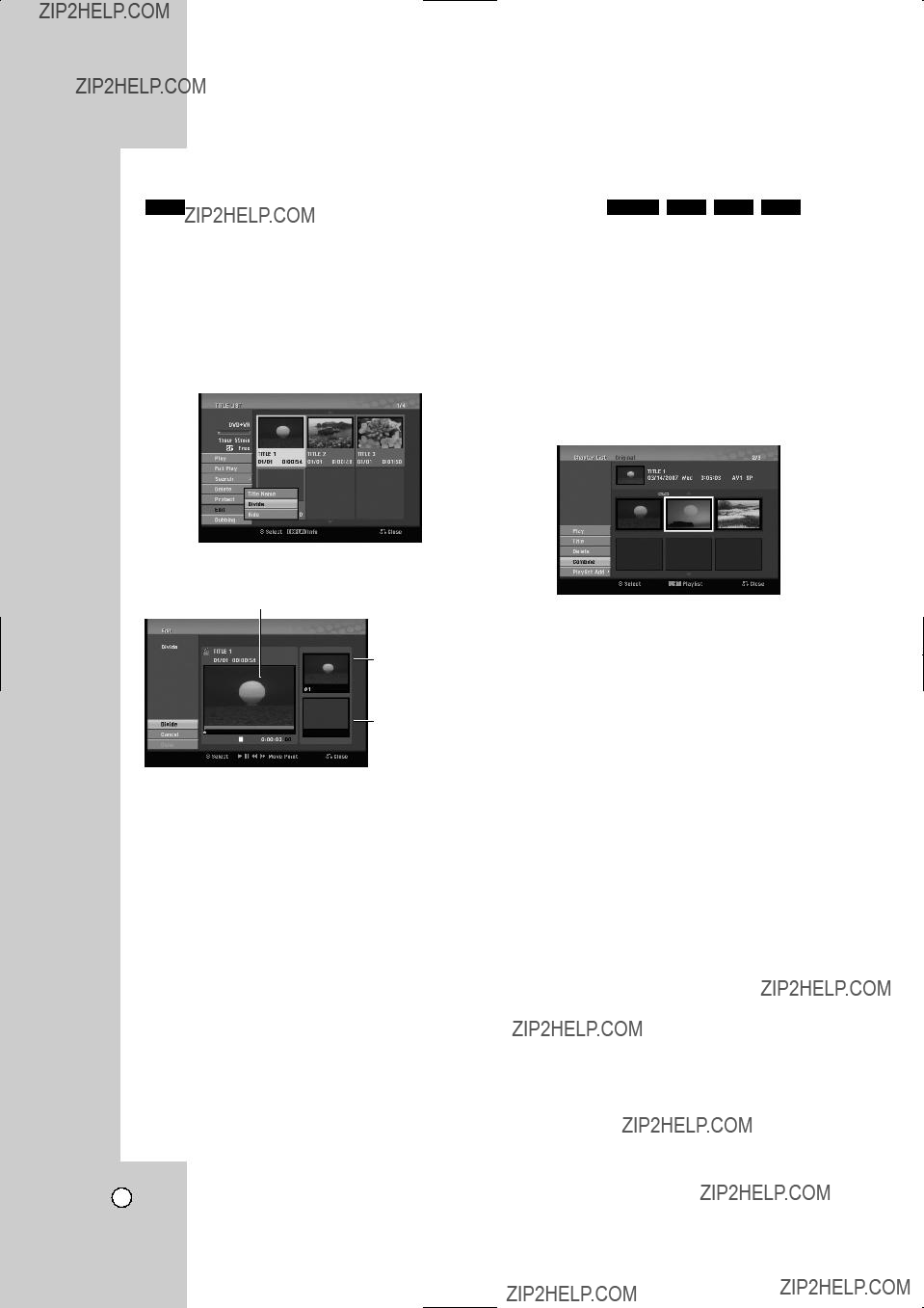
Divide One Title Into Two
+RW
Use this command to split a title up into two new titles.
1.On the Title List menu, select a title you want to divide then press ENTER.
The menu options appears on the left side of the screen.
2.Select [Edit] > [Divide] option. Example: Title List (DVD+RW)
3.Press ENTER.
[Edit (Divide)] menu appears.
Current picture
The first title???s thumbnail
The second title???s thumbnail
4.Use play, pause step, search and
5.Select [Divide] option then press ENTER at the point.
To reset the point, select [Cancel] option then press ENTER. Repeat from step 4.
6.Choose [Done] option then press ENTER to fix the dividing point.
The title is divided into two new titles. It take up to 4 minutes to divide.
Note:
The diving point may not be selected if the point is less than 3 seconds long.
Combining Two Chapters
Into One
Use this function to combine two adjacent chapters into one.
1.On the Chapter List menu, select the second chapter of the two chapters you want to combine then press ENTER.
The menu options appears on the left side of the screen.
2.Use v / V to select [Combine] option.
The combine indicator appears between the two chapters you want to combine.
Example: Title List
3.Press ENTER to combine the chapters.
4.Repeat steps 1 - 3 to continue to combine from the menu.
5.Press RETURN (O) repeatedly to exit the menu.
Notes:
This function cannot operate listed as below;
???If there is only one chapter within the title.
???If you select first chapter.
???If two chapters created by erasing a part from an original title.
???If two chapters created from different titles.
???If two chapters created by moving an order from an original title.
46

Overwriting Recording +RW
To overwrite a new video recording on a previously recorded title, follow these steps. This feature is not available for DVD+Rs, that always record at the end of the Disc.
1.Select input source you want to record (TV channel,
2.Press DISC MENU/LIST to display the TITLE LIST menu.
3.Use v V b B to choose a title you want to overwrite.
4.Press z REC to start overwrite recording. Overwrite recording starts from the start point of the title.
5.Press STOP (x) to stop the overwrite recording. The new title is created and updated menu is dis- played.
Notes:
???This function is not available for a protected title.
???If the overwrite is longer than the recording length of the current title, the next title is over- written. But if next title is protected, the over- writing stops at the starting point of the title.
???If the selected title???s recording length is less than 10 seconds, the next title is overwritten. But if the next title is protected, overwriting stops.
Viewing Title List menu displayed on other DVD Recorders or Players
+RW +R
You can view the Title List menu displayed on the other DVD player that is capable of playing DVD+RW or DVD+R discs.
1. Insert DVD+R or DVD+RW disc recorded already.
2.On DVD mode, press TITLE in Play mode or Stop mode.
Title List menu will appear as shown below.
3.To play back a title, select the title you want then press ENTER or PLAY (N).
Tip:
You can remove the Title List menu by pressing STOP (x).
Playing Your Recordings on Other DVD Players (Finalizing a Disc)
Most regular DVD players can play finalized discs recorded in Video mode, finalized DVD+R or DVD+RWs. A small number of players can also play
Finalizing ???fixes??? the recordings and editings in place so that the disc can be played on a regular DVD play- er or computer equipped with a suitable
Finalizing a Video mode disc creates a menu screen for navigating the disc. The menu can be accessed by pressing DISC MENU/LIST or TITLE.
To finalize a disc, refer to [Finalize] on page 22.
Notes:
???Unfinalized DVD+RW is playable on regular DVD players.
???The edited contents of a DVD+RW disc is com- patible on regular DVD players only after finalization.
???Any edited contents of the DVD+R disc are not compatible on regular DVD players.
(Hide, chapter combine, added chapter mark, etc.)
???How long finalization takes depends on the type of disc, how much is recorded on the disc, and the number of titles on the disc.
EDITING
47
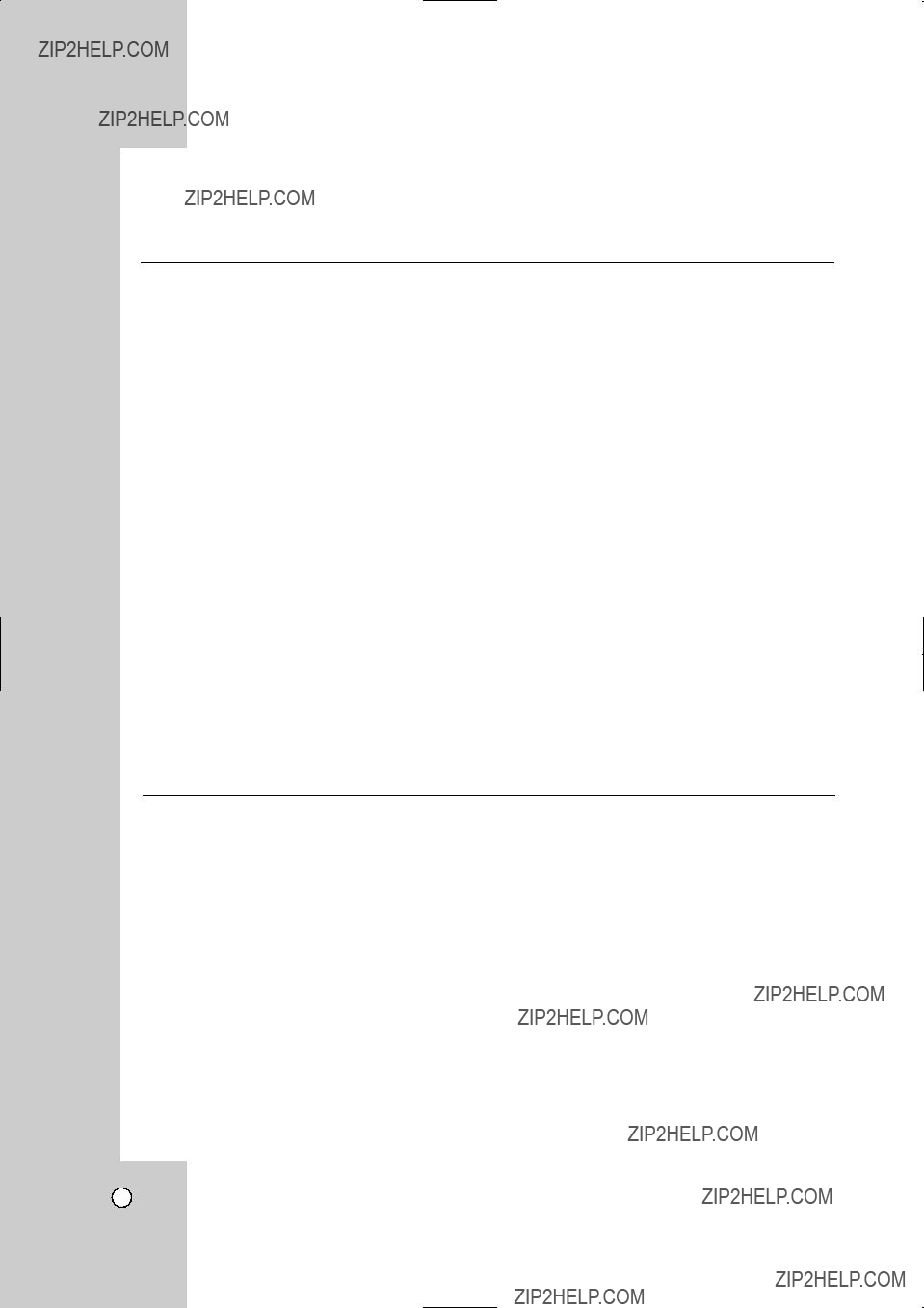
Reference
Language Code List
Use this list to input your desired language for the following initial settings: Disc Audio, Disc Subtitle, Disc Menu.
Area Code List
Choose a area code from this list.
48

Troubleshooting
Check the following guide for the possible cause of a problem before contacting service.
49
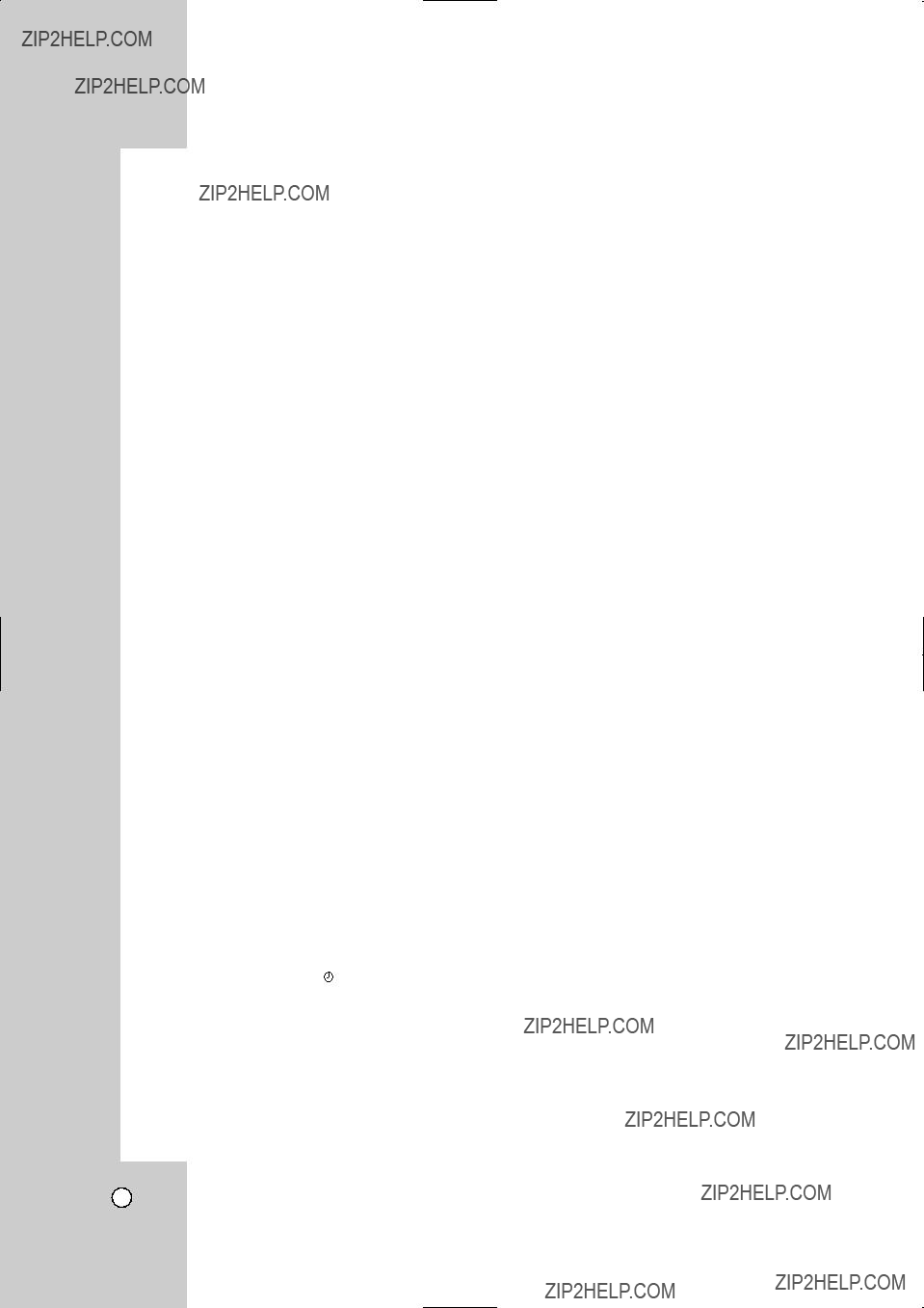
50
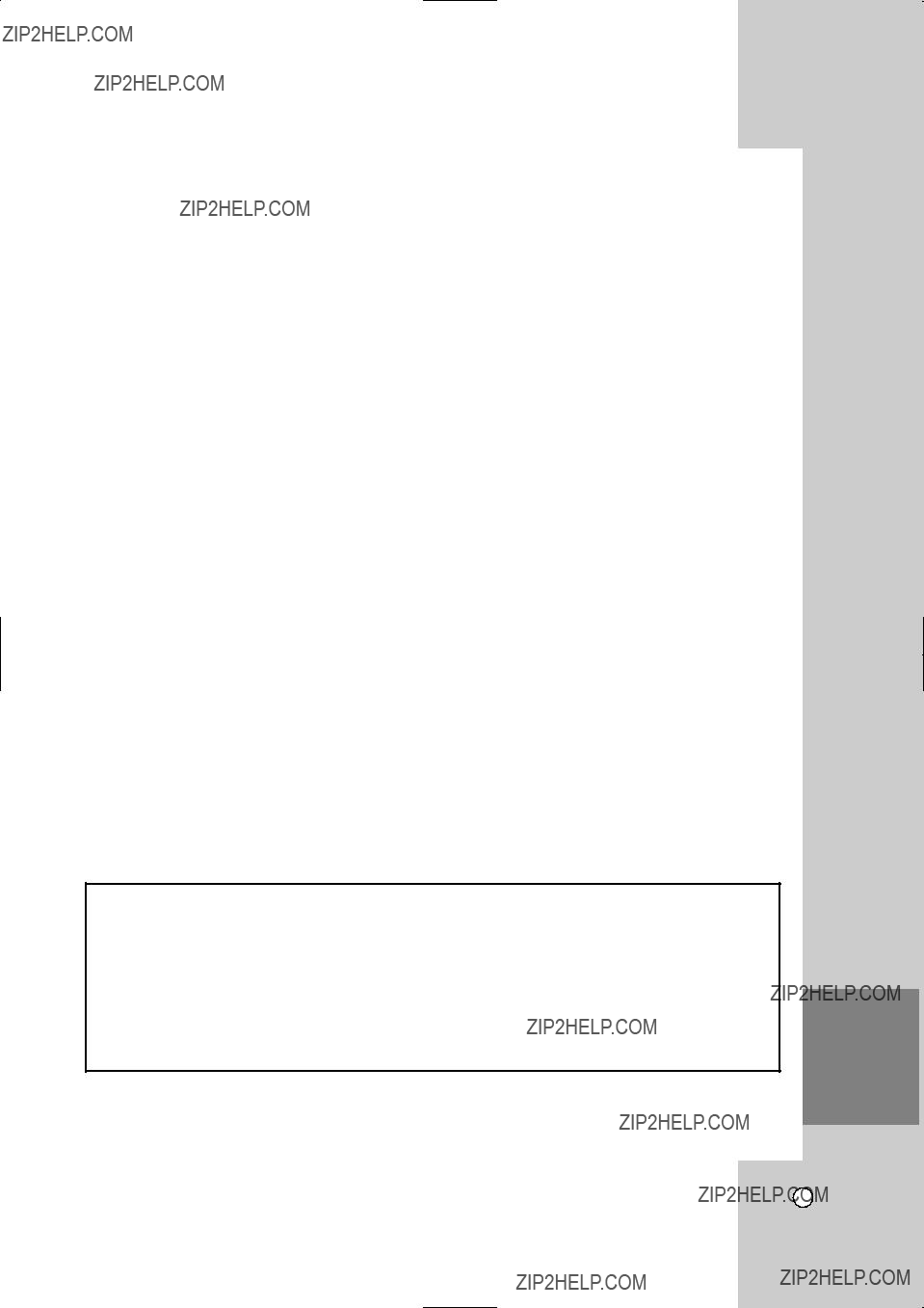
Resetting the Recorder
If you observe any of the following symptoms...
???When the Recorder is plugged in, but the power will not turn on or off.
???When the display window is not working.
???When the Recorder does not operate normally.
You can reset the Recorder as follows:
???Press and hold the STANDBY/ON button for more than five seconds. This will force the Recorder to power off.
Press the STANDBY/ON button again to turn the Recorder back on.
???Unplug the power cord and then plug the power cord again after more than five sec- onds.
REFERENCE
51

Specifications
General
Recording
Video recording format
Audio recording format
VCR Specifications
52
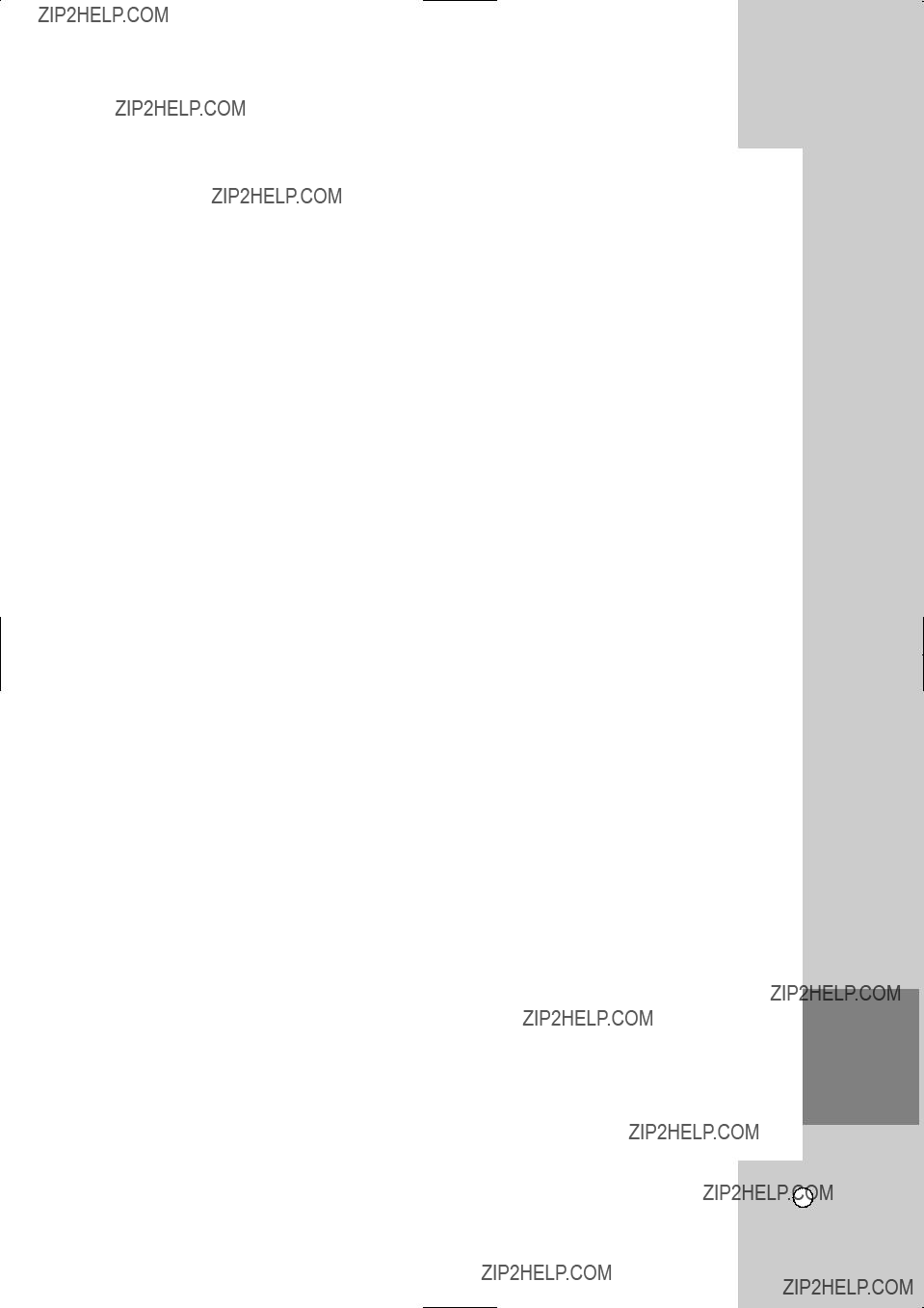
DVD Specifications
Inputs
Outputs
Accessory:
Design and specifications are subject to change without notice.
REFERENCE
53

Index
B
BACKWARD 25, 26
C
Cable TV 10
Channel Edit 17
Chapter List 40, 41
CHP. ADD 17
Cleaning Discs 2
CLEAR 7, 25
Clock Set 17
Combine 40, 46
Connection
Antenna or Cable TV 10
RF coaxial 10, 11
Video 11
Audio 10, 11
HDMI 12
Component 11
Amplifier 13
Recorder 14
Digital Camcorder 14
Counter 25
CPRM 5
D
Delete 40, 43 Deleting a Part 43
DIGITAL AUDIO OUTPUT 9 Disc Information 24
Disc Label 22
Disc Menu 18
DISC MENU/LIST 26 Disc Protect 22
Disc Settings 22
DISPLAY 7 Display window 6 Divide 40, 46 Dolby Digital 19 DRC 19
DTS 19
DTV Caption 18 Dubbing 37
DV dubbing 39
DV Record Audio 21 DVD+R 3
DVD+R DL 3
DVD+RW 3
DVD+R 3
E
EP mode 21, 33, 52
F
Factory Set 18
Fast forwards 25
Finalize 22
FORWARD 25, 26
Front Panel 6
Full Play 40
Full Screen 31
G
General Settings 17
H
Hide 40, 45
Home Menu 16
I
Initial Setup Wizard 15
Initialize 22
INPUT 7
INPUT 1 9
Instant Timer Recording 34
J
JPEG 31
L
Language Settings 18
Last Scene Memory 28
Lock Settings 19
LP mode 21, 33, 52
M
MLP mode 21, 33, 52
MONO 34
Move 40, 45
MP3 30
MPEG 19
MULTILINGUAL 24
N
Numerical buttons 7
O
OUTPUT 9
P
Parental Control 19
PAUSE 6, 7, 26
PLAY 6, 7,
PLAY MODE 7, 27
Playable Discs 3
Playback
DVD
Audio CD or MP3/WMA 30
JPEG
VCR 25
Power cord
R
Random 30
Rear Panel 9 REC 7
REC MODE 7 Record mode DVD 21
VCR 21 Recordable time 52 Recording
DVD 33
VCR 33
Recording Settings 21 Regional code 4 Remote Control 7 Rotate 31
S
Sampling Freq. 19
SAP 34
Search
Time Search 44
Marker Search 28
Setup 16
Show 40, 45
SKIP 7, 26
Slide Show 31
Sound 24
SP mode 21, 33, 52
Stereo 34
STOP 21, 42, 59
SUBTITLE 7, 26
T
Timer Record
Timer Record List
Title 24, 26
Title Name 40, 44
Tracking 25
Troubleshooting
TV Aspect 17
TV Rating
U
Unfinalize 22
Unprotect 45
V
Video Mode 3
VR Mode 3
W
WMA 30
X
XP mode 21, 33, 52
Z
ZOOM 7, 26
54

WARRANTY (Only in U.S.A.)
55

FOR SERVICING (Only in U.S.A.)
0209SKMLGEEGL